Lord knows how much money it took to bring Alexis Sanchez to Old Trafford. And his arrival at Manchester United hasn’t gone smoothly. But after scoring the winner against Newcastle, he looks like he might finally turn things around.
Just three goals since signing in January is, on the face of it, a terrible return for someone of his reputation. That’s a shade under his expected goals total (especially if you include the penalty he missed), but we’re still left with a very unremarkable volume of chances nonetheless:

Adjusted for time on the pitch, he’s generating 0.27 expected goals per 90, a very middling figure for a wide forward at a club with as much talent as Manchester United. In his last season at Arsenal, by comparison, he was hitting an xG per 90 of 0.42, achieved mostly through a higher volume of shots than he’s attempting at the moment, even if a fair few were from range.

The numbers show what most can see with their eyes: Sanchez is much less of a goalscoring threat at United than he was at Arsenal. To many, this is the end of the story. Of course, football isn’t just about scoring goals, so let’s take a look at what else the Chilean can do.
Evolving Role
For such a widely acclaimed talent, it’s notable that Sanchez hasn’t had a fixed position over career. Having played in a range of roles at Udinese, Sanchez went to Barcelona at a time when Pep Guardiola was experimenting with a back three. The plan seemed to be for the Chilean to offer a wider threat than the inverted forwards David Villa and Pedro. This system was similar to that of coaches’ coach and Guardiola favourite Marcelo Bielsa’s approach with Chile at the 2010 World Cup, and Sanchez’s experience in that role was surely a big part of why he was signed.
Of course, Guardiola left Barcelona in the summer of 2012 and his successors Tito Vilanova then Tata Martino both returned to the more familiar 4-3-3 associated with the Catalan club’s best sides. This meant Sanchez competing for the inverted wide forward roles either side of Lionel Messi. Playing so close to the five time Ballon d’Or winner tends to force players to sacrifice their own games, and Sanchez was no exception, with his volume of shots and dribbles taking a significant hit in this system. Still, he proved extremely effective at the limited things he did do, contributing more than one goal or assist per 90 minutes in his final season at the Camp Nou. Sanchez was a player performing a specific role, and performing it to an extremely high level.
After that specific role came the freedom. Sanchez joined Arsenal as a marquee purchase to add speed and directness to the attack, and he could not have found himself in a more different environment in North London than the Catalan capital. Arsene Wenger (remember him?) always believed in keeping things relatively simple, opting to let the players figure things out, rather than overload them with complex instructions. This allowed Sanchez the chance to finally do his thing largely unrestrained. Usually playing on either flank in a fairly basic 4-2-3-1, Sanchez found himself with team mates well suited to complement him. In the number ten role was the perennially unselfish Mesut Ozil, extremely uninterested in much other than facilitating those around him, while striker Olivier Giroud has often been a target man who likes to link up with a goalscoring wide player. This generally saw a much more involved and active Sanchez, putting in dominant performances even if he was prone to frequently giving away possession in the final third of the pitch. In some ways he had come full circle from his Barca days, now heavily involved but with some poor involvements.
With Wenger looking to move away from the focal point and unable to sign a high profile striker, Sanchez was moved to the centre forward role himself for much of the 2016-17 season. This was clearly a big part in him reaching a career best 22 non-penalty goals that season, though it led to Arsenal having an overall less cohesive attack. Sanchez’ link-up play was significantly less tidy than Giroud, in part leading to an Arsenal side less fluid in possession in the final third. The solution that Wenger stumbled upon was a switch to a 3-4-3 formation, with Sanchez and Ozil both in relatively central attacking roles behind a true striker (initially Giroud, then Alexandre Lacazette after his summer purchase). This system certainly had its drawbacks, particularly in the way that it would expose the midfield partnership of Granit Xhaka and Aaron Ramsey. It did, though, get the best out of Sanchez, allowing him the freedom to do what he does without sacrificing the rest of the attack, as it did previously. The problem with him bleeding possession remained (as seen with the high number of turnovers on the radar below), but there was still little doubt that he was a highly productive attacking threat.

Which brings us to…
United’s Number Seven
Alexis Sanchez wasn’t supposed to go to Manchester United. He was expected to end up at Manchester City, where he would find himself reunited with Guardiola. While the City boss knows the player well, this always felt like it would’ve been somewhat of a luxury purchase, and Sanchez, who had at this point spent several years with limited tactical instruction under Wenger, may have found it difficult to adjust to the Catalan’s strict positional play.
United and Jose Mourinho made more sense in this regard. Existing wide options consisted of players like Marcus Rashford and Anthony Martial, full of talent but still yet to deliver significantly in terms of goals and assists, or players without the dynamism of Sanchez, such as Juan Mata and Henrikh Mkhitaryan. In the case of Mkhitaryan, it also seemed that he was never going to be a good fit with Mourinho, so moving him on was logical, especially when he could be replaced with a player of Sanchez’s quality. Mourinho, while certainly someone much more defensively disciplined than Wenger, does like to keep it simple in attack, and allows his players much more of a licence to work it out themselves on that side of the ball than someone like Guardiola. The specifics of United, though, have proven not quite as ideal. Sanchez has generally featured in either wide role in a 4-3-3 system, which is fine. The central striker, though, has been Romelu Lukaku. There is no doubting that Lukaku is a terrific out-and-out striker, but he is someone who thrives as the side’s primary goal threat. Someone like Giroud was happy to allow Sanchez to dominate the team, but a club with Lukaku leading the line need to use the Belgian as someone to get on the end of chances, not facilitate them. With the sale of Mkhitaryan at the same time as Sanchez’s arrival, and Mata’s role being largely as a substitute, there was also a lack of an Ozil style playmaker. The best creative passer already at United was probably Paul Pogba, but the Frenchman has such a wide ranging skillset that it doesn’t always make sense to define him by simply one task. As such, Sanchez would have to take on more playmaking responsibilities himself. In this new team, the Chilean has had to reinvent himself as someone who both works harder defensively and does more of his work as a creator rather than a scorer.
On the first count, he is certainly a more active defender than before. Looking at StatsBomb’s pressure event data shows us that in his final half-season at Arsenal, Sanchez was making 13.09 pressures per 90. Since arriving at Old Trafford, that figure has risen to 20.92. Looking at Sanchez’s output on the midfield radar, we can see that while the attacking side has dropped off a little, he is working harder defensively.

On the playmaking side, it has gone largely unnoticed that Sanchez has taken on much more responsibility. When looking at open play passes into the opponent’s box per 90 minutes, Sanchez is the clear standout among players at United (this graph only covers last season, but he is also currently top of the stat this year, too).
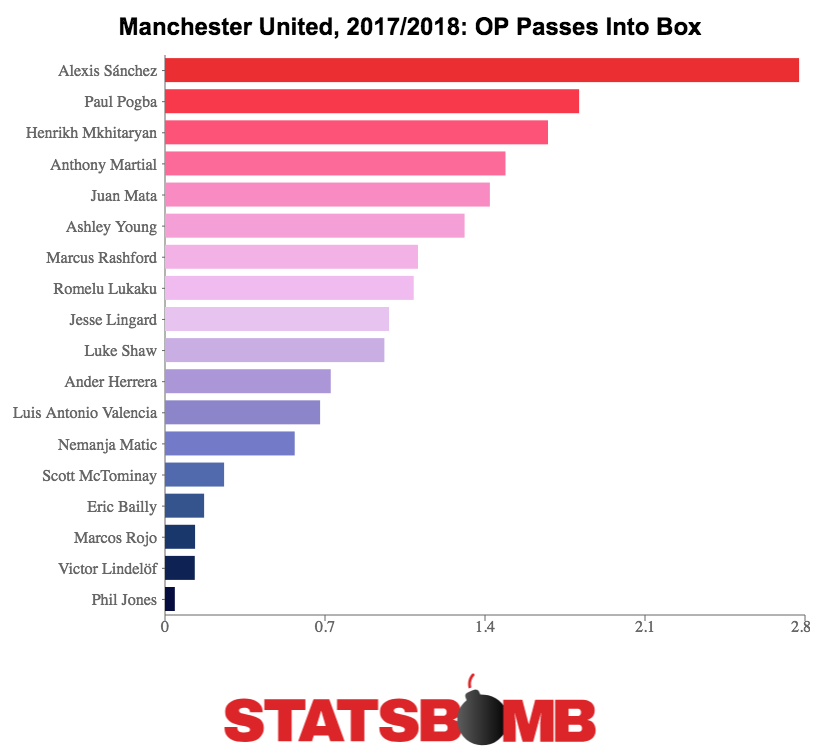
His contributions have often come at big moments, as well, with the aforementioned winning goal against Newcastle not his first game changing moment. In the now famous 3-2 win to prevent Manchester City winning the title that day, Sanchez was involved in all three United goals, providing two impressive assists and a delightful “hockey assist” (the assist to the assist). Sanchez recorded the highest xGChain of any United player that day. He changed the game.
Conclusion
Sanchez has proven to be something of a chameleon over his career. The roles he has filled for Chile, Udinese, Barcelona, Arsenal and now Manchester United have all varied in what is required, and he has always adapted to the challenge. It is his time at Arsenal that most Premier League fans primarily know him for, and as such those are the kind of performances they expect, single handedly grabbing games and driving the team forward, scoring plenty of goals in the process.
For all of the issues that Mourinho has caused himself at Old Trafford, opting not to use Sanchez in this way is not one of them. In Lukaku, United already have a primary goalscorer, while Martial and Rashford offer threat in terms of wide forwards getting in the box and on the end of chances. What Sanchez does better than those players is offer a more complete threat, as someone who works hard defensively while getting involved in the build up play. This might not be a hugely beloved era of Sanchez’s career, but it isn’t without merit, and certainly shouldn’t be considered a write-off.
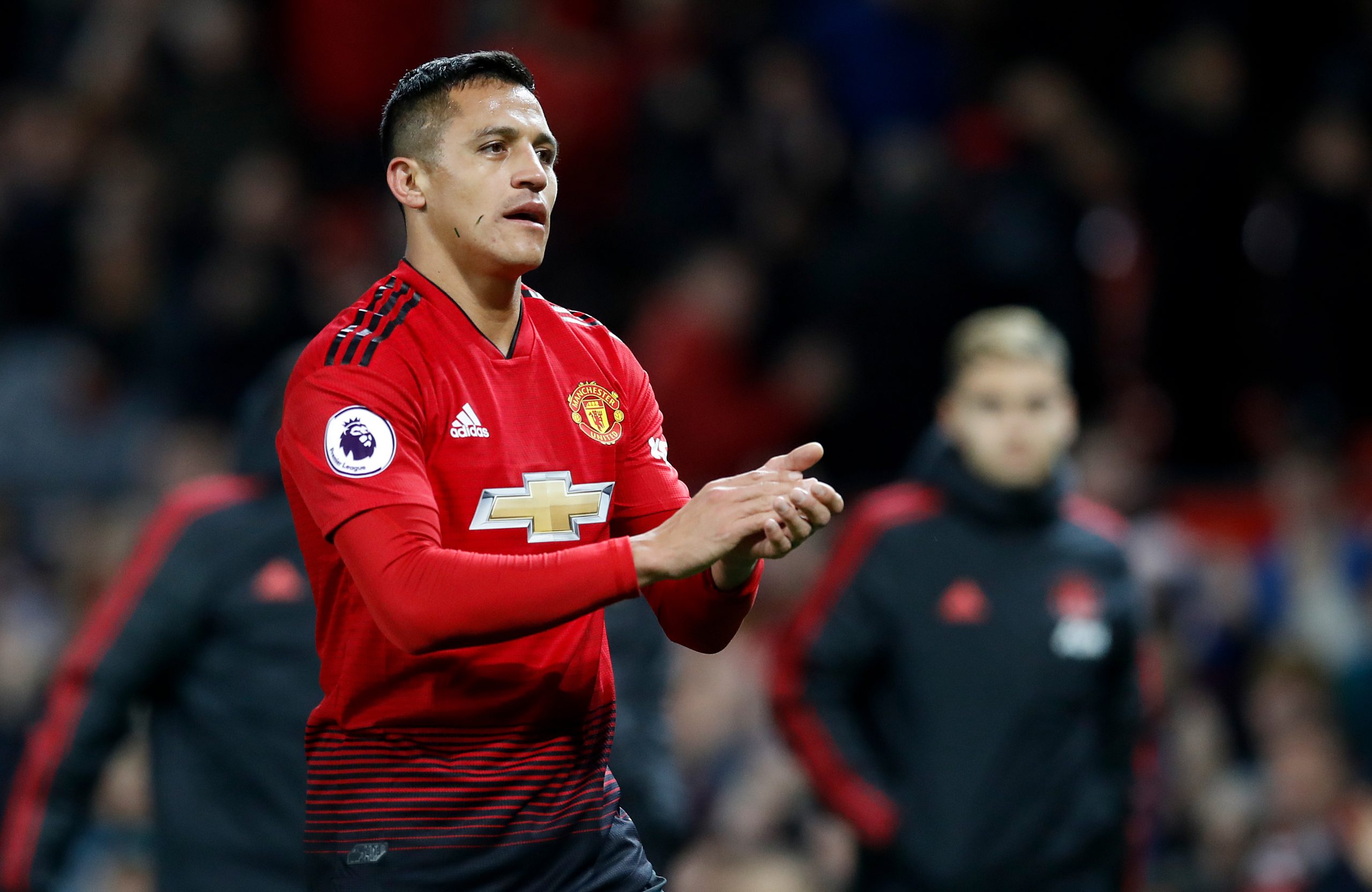
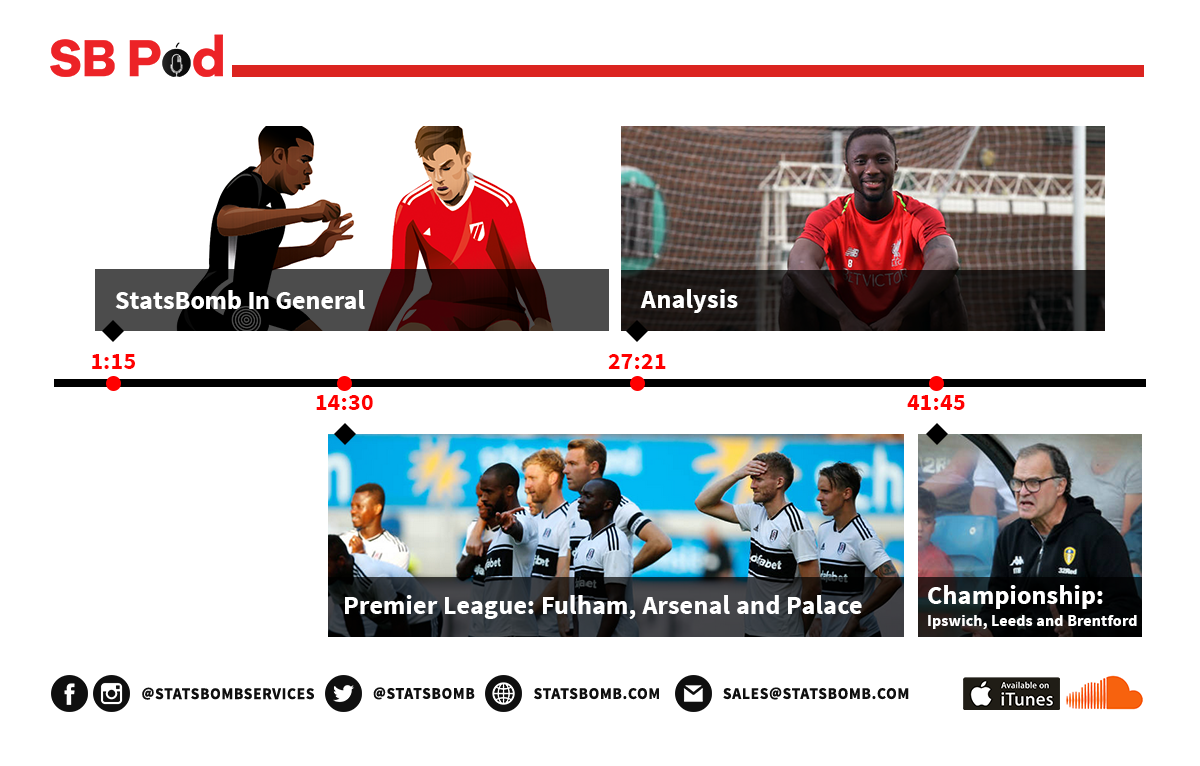
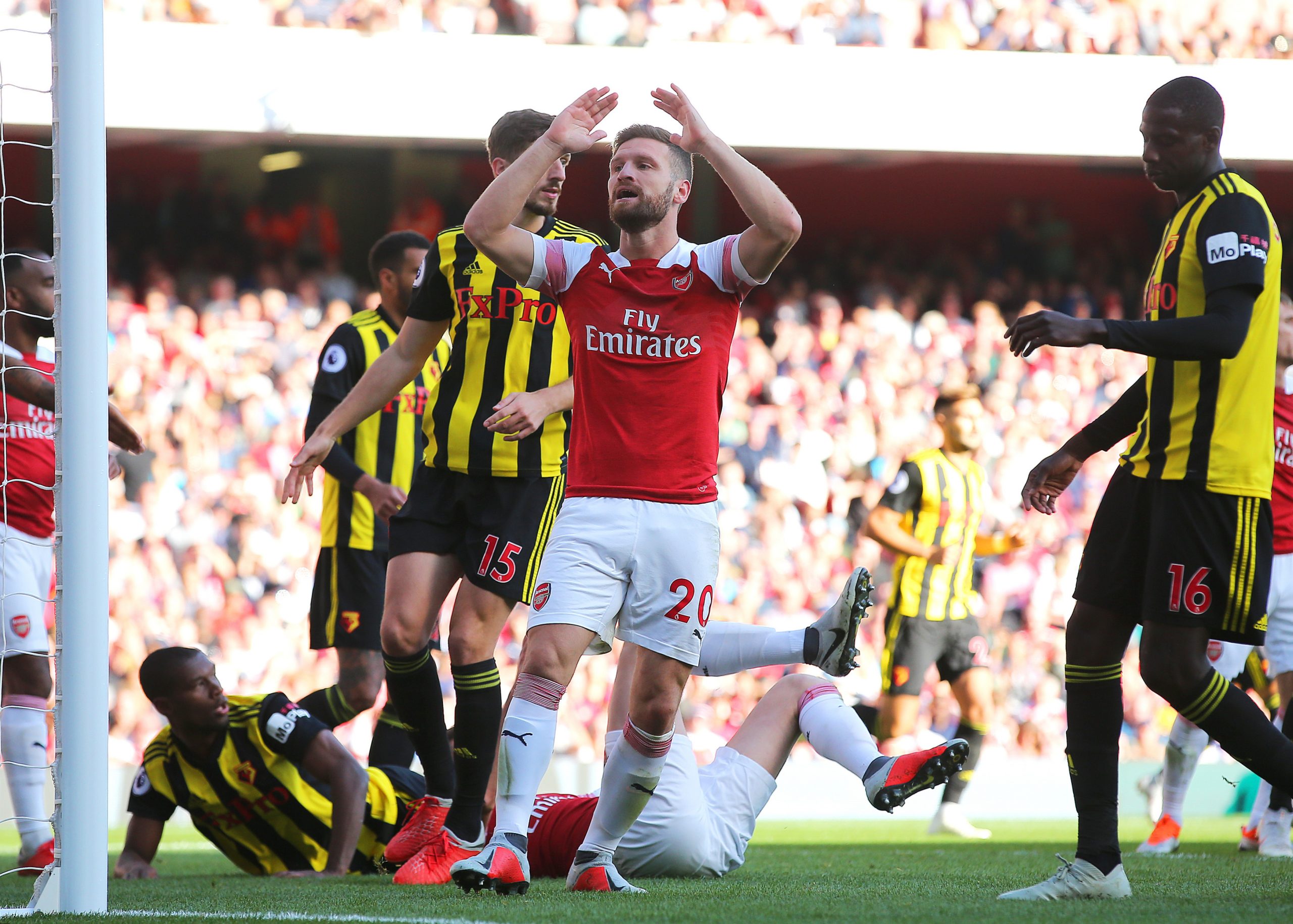
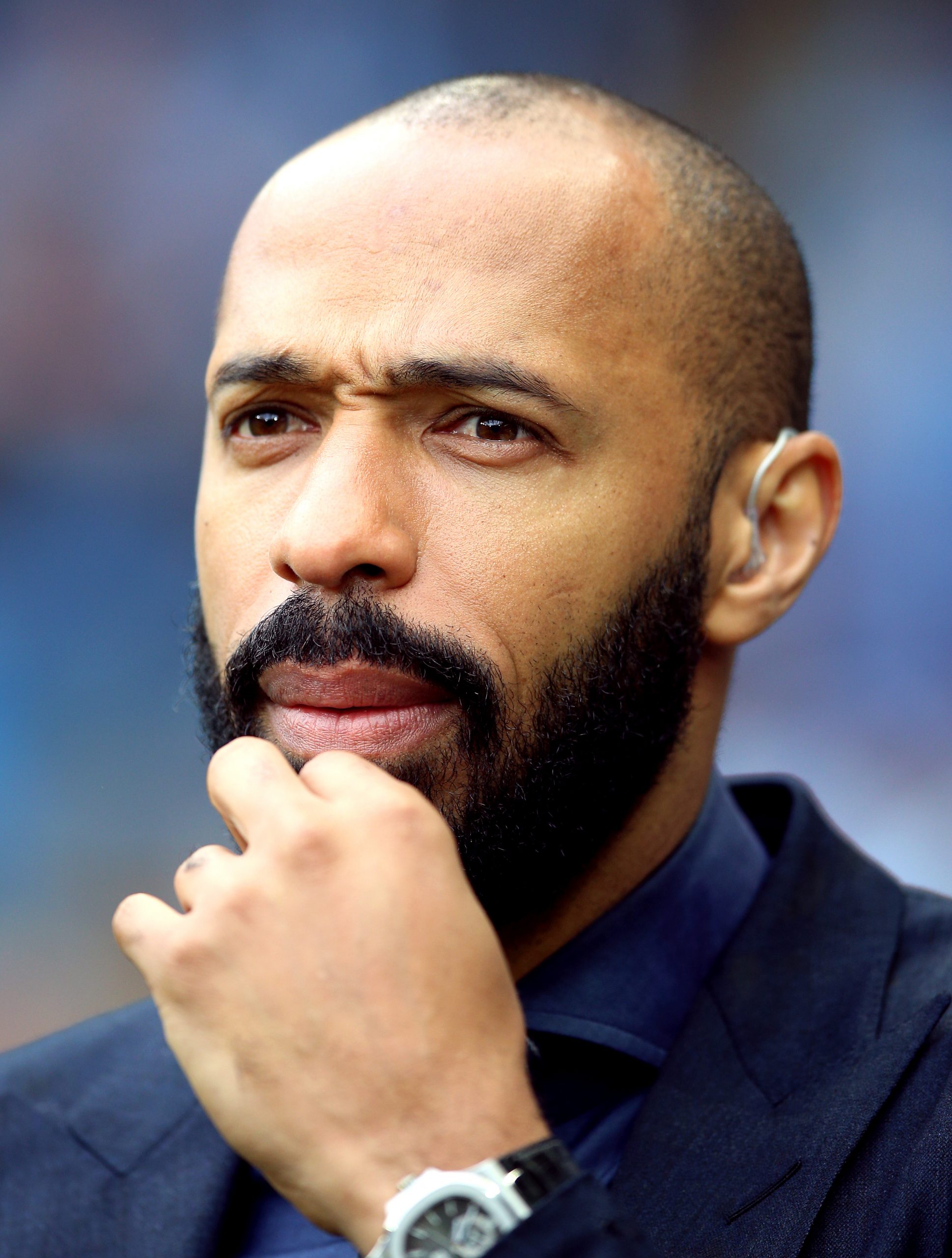
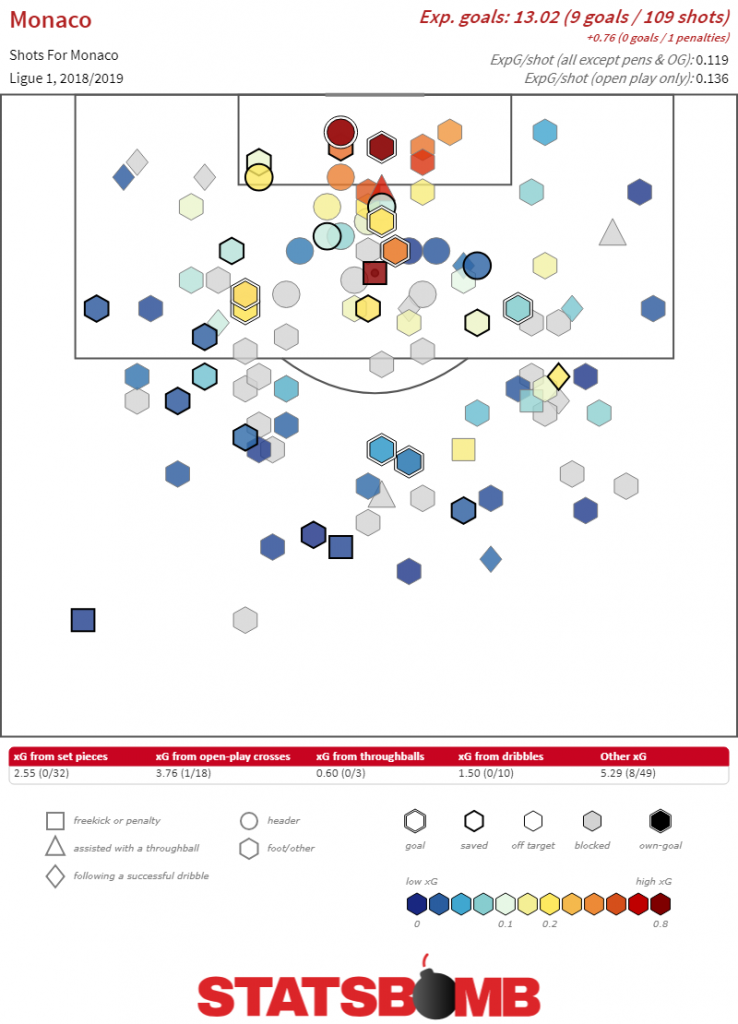
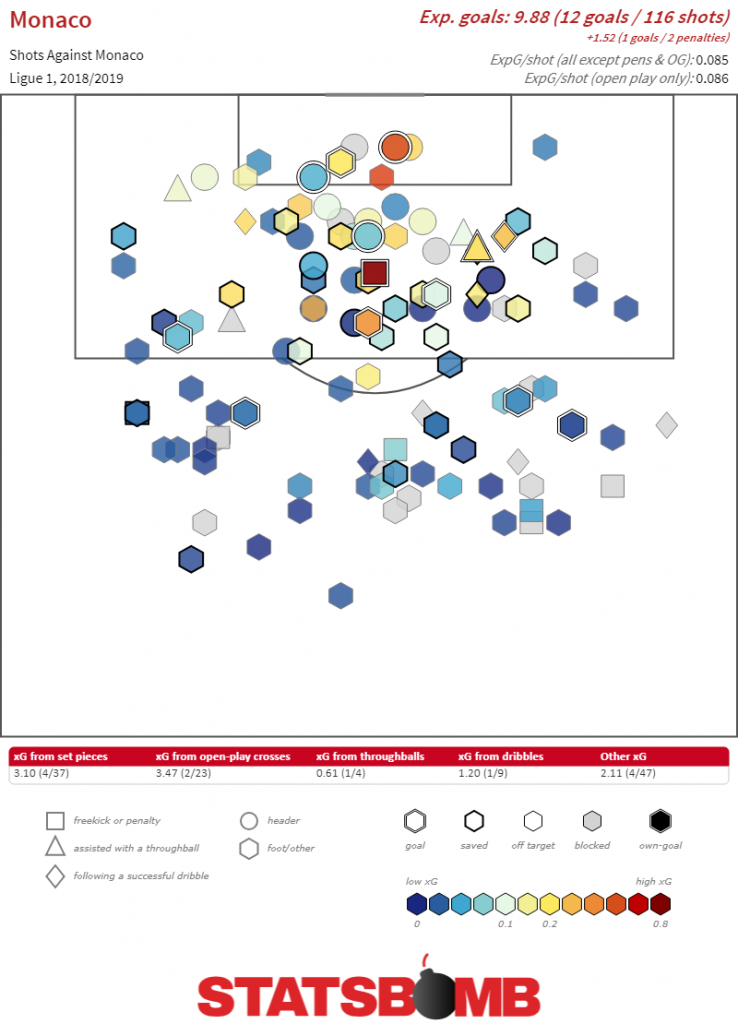
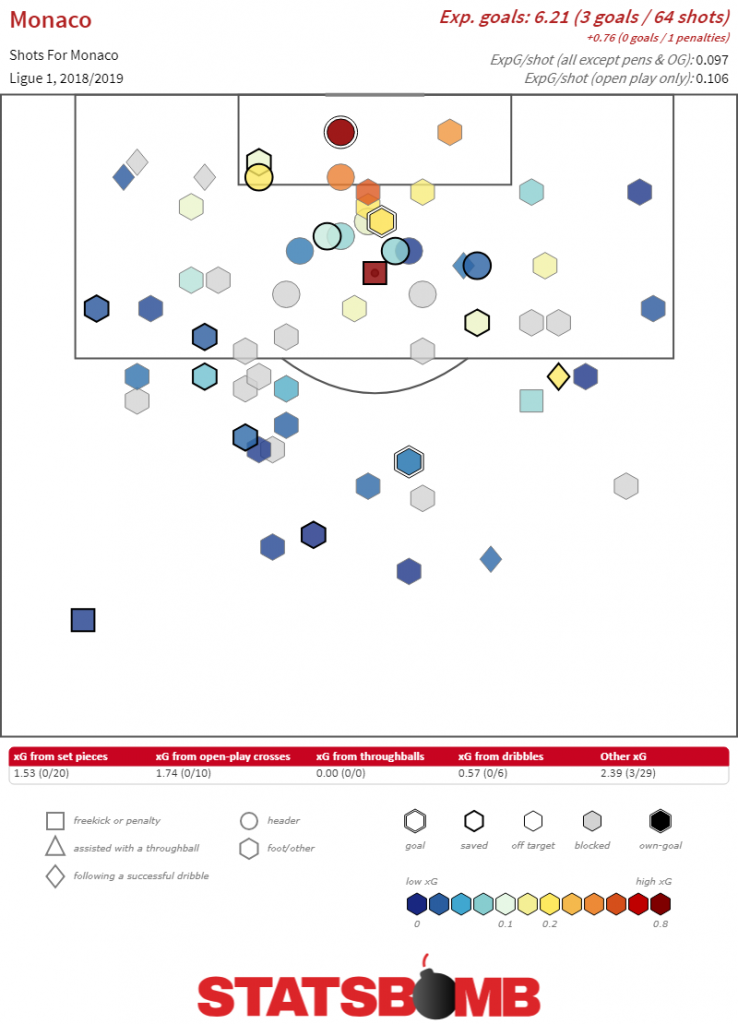
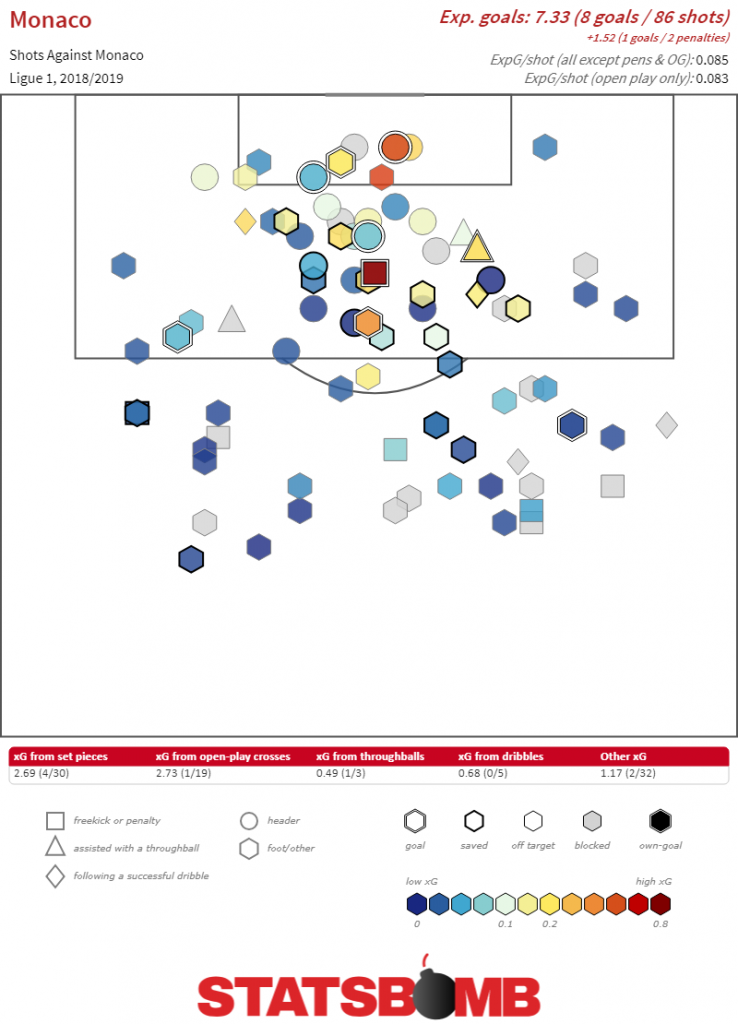
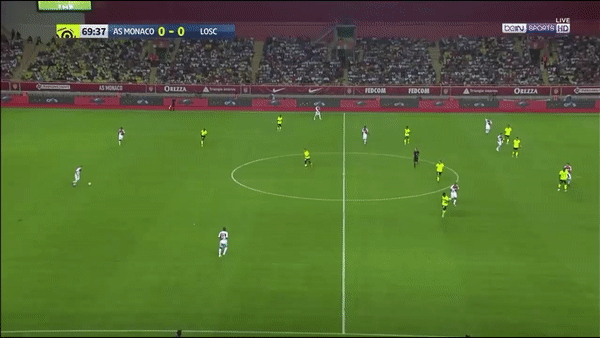
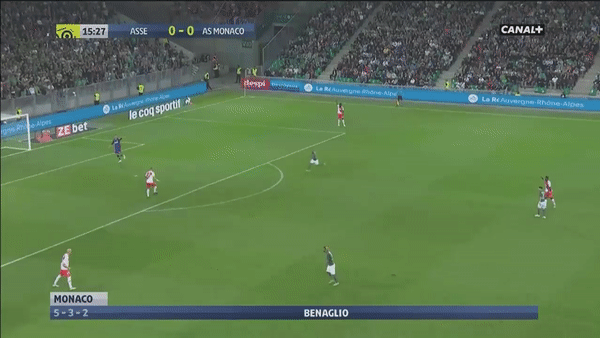
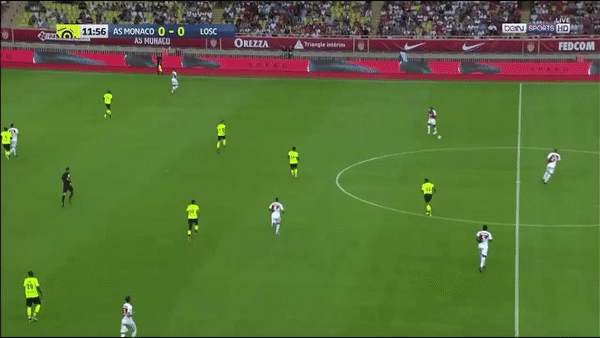
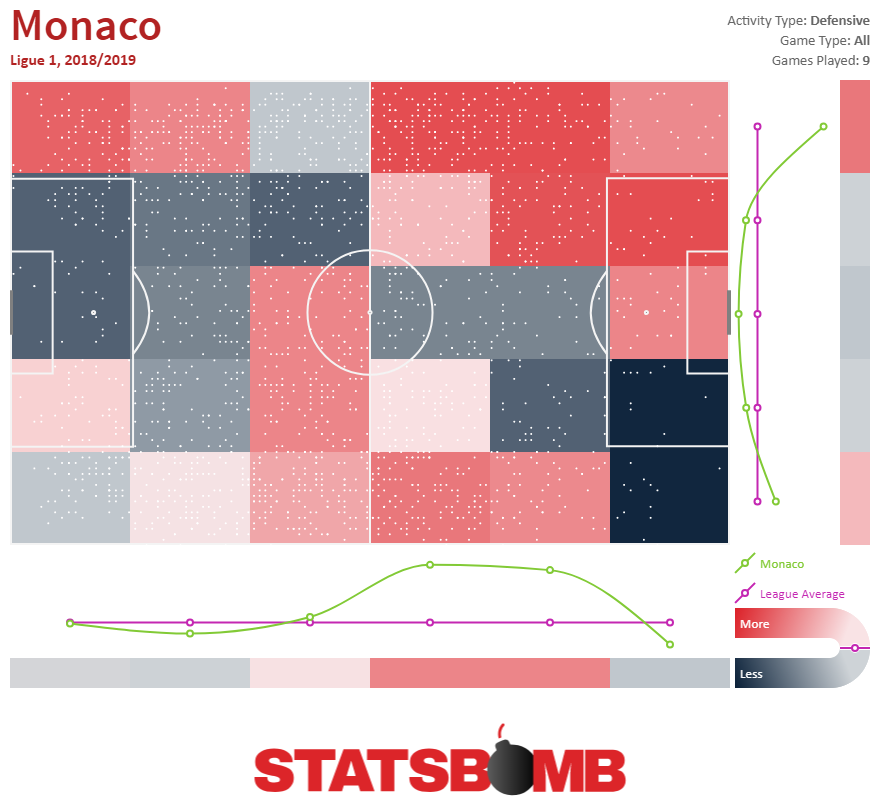
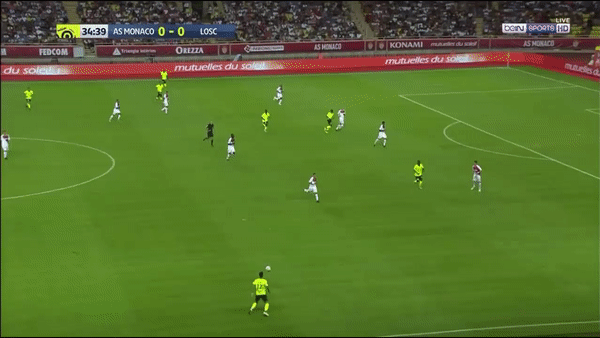 In the range of possible outcomes for Monaco's 2018-19 season, what's happened through nine games would rank in the bottom 10 percent. It's fair to point out that one of the drawbacks of constantly retooling with younger talents is that there will be down year(s) where you’re working with a talent base that might not quite be ready for primebtime. While I'm quite partial to how Monaco have operated and leveraging their security as a top side in Ligue 1 to aggressively hunt for star talents, even going as far as to spending ample amounts of money on teenagers like Pietro Pellegri and Willem Geubbels, the downside of such an approach is that you’re susceptible to below average seasons.
In the range of possible outcomes for Monaco's 2018-19 season, what's happened through nine games would rank in the bottom 10 percent. It's fair to point out that one of the drawbacks of constantly retooling with younger talents is that there will be down year(s) where you’re working with a talent base that might not quite be ready for primebtime. While I'm quite partial to how Monaco have operated and leveraging their security as a top side in Ligue 1 to aggressively hunt for star talents, even going as far as to spending ample amounts of money on teenagers like Pietro Pellegri and Willem Geubbels, the downside of such an approach is that you’re susceptible to below average seasons.

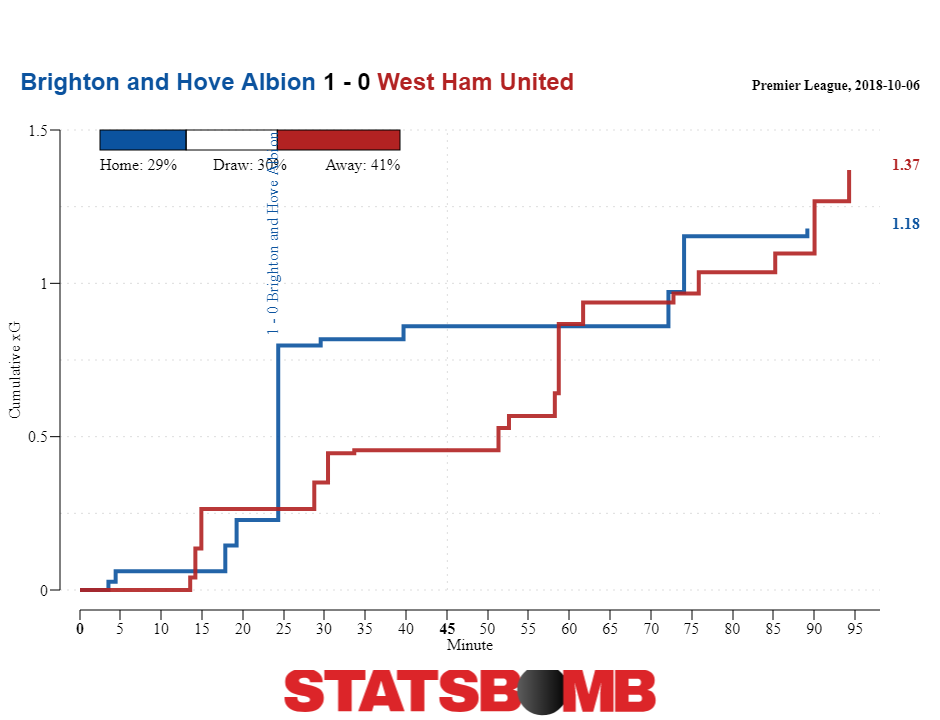 It’s important to differentiate between players playing well, and the team playing well though. The system Pellegrini has implemented is one that works not because he’s discovered a star in Rice (or Obiang or Noble) but one that instead puts three mostly mediocre midfielders together, and lets them be mediocre in ways that complement each other. Obiang moves, Noble passes and Rice cleans up. None of this means that Rice can’t be good. He’s 19, there’s plenty of time for him to develop. Right now though, he’s not doing anything particularly special. At his young age, he’s a fairly limited player. He’s just being deployed in the exact right fairly limited role.
It’s important to differentiate between players playing well, and the team playing well though. The system Pellegrini has implemented is one that works not because he’s discovered a star in Rice (or Obiang or Noble) but one that instead puts three mostly mediocre midfielders together, and lets them be mediocre in ways that complement each other. Obiang moves, Noble passes and Rice cleans up. None of this means that Rice can’t be good. He’s 19, there’s plenty of time for him to develop. Right now though, he’s not doing anything particularly special. At his young age, he’s a fairly limited player. He’s just being deployed in the exact right fairly limited role. 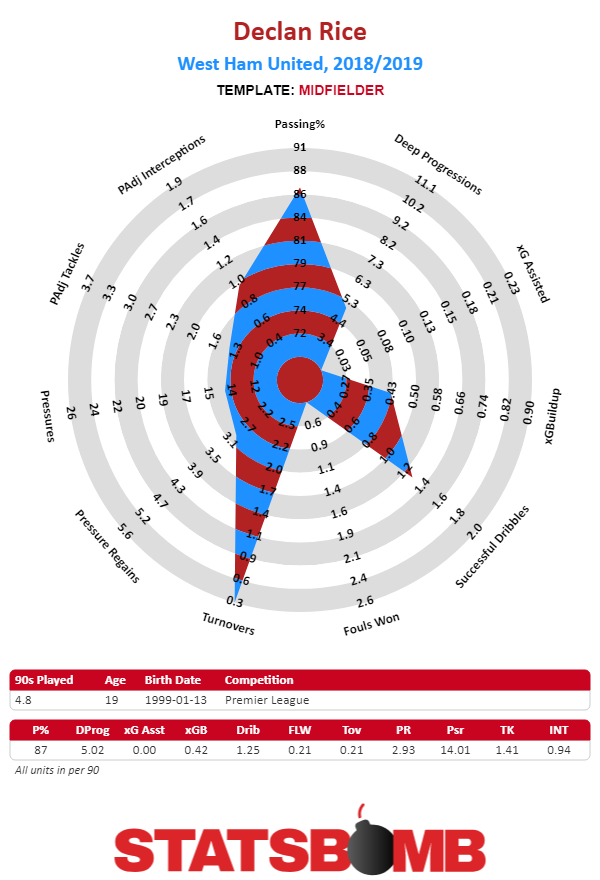 https://twitter.com/OllieGlanvill/status/1050415015730323457 A lot. https://twitter.com/GeraintUltimus/status/1050419038306922496 The obvious answer here is Manchester United. They have lots of money. They also haven’t ever had a sporting director. You get to come in and build the whole front office from scratch. And the reality is that the resources that United have, as opposed to any other team that conceivably need a rebuild, just make the question impossible to answer any other way. https://twitter.com/ruccells211/status/1050417752274587649 No. And definitely not in year three. https://twitter.com/Thunderwood45/status/1050520680607956997 This is an interesting question because it gets at some of the fundamentally different goals analytics can have. The kinds of tools of the trade you’d apply to penalties in order to make better guesses about who should and shouldn’t take them, are all things that help you deal with small sample sizes and extrapolating information from very few observed instances. There simply aren’t a lot of penalties taken. But, there’s no point doing that if you are actually working with a team. There’s no reason to worry about null hypotheses and binomial distributions and how confident you should be in your confidence intervals. Instead, you can just go out and get more information. Teams can and should (and some do) spend some time taking penalties. By doing that, they won’t actually have to guess at who is good and who isn’t. Is it a perfect solution? No. Obviously in game penalties are always going to be somewhat different than practice. Even so, it’s a simple solution to a difficult problem. Figure out who is good at taking penalties in practice, and then have that person take penalties during matches. Sometimes, the insights nerds have to offer are really basic. If you want to find out who is good at taking penalties, practice penalties a bunch. Then, after you’ve figured out who is good at taking penalties, have that person take penalties during matches. Truly revolutionary stuff. https://twitter.com/joe_bianco/status/1050413705459044352 Seems like it would be a good idea! https://twitter.com/VanClef1966/status/1050434075465588742 So, good old Paco got the big leap to Barcelona and then washed out to Dortmund. Except, he wasn’t actually all the bad at Barcelona when he played there. He just rarely played.
https://twitter.com/OllieGlanvill/status/1050415015730323457 A lot. https://twitter.com/GeraintUltimus/status/1050419038306922496 The obvious answer here is Manchester United. They have lots of money. They also haven’t ever had a sporting director. You get to come in and build the whole front office from scratch. And the reality is that the resources that United have, as opposed to any other team that conceivably need a rebuild, just make the question impossible to answer any other way. https://twitter.com/ruccells211/status/1050417752274587649 No. And definitely not in year three. https://twitter.com/Thunderwood45/status/1050520680607956997 This is an interesting question because it gets at some of the fundamentally different goals analytics can have. The kinds of tools of the trade you’d apply to penalties in order to make better guesses about who should and shouldn’t take them, are all things that help you deal with small sample sizes and extrapolating information from very few observed instances. There simply aren’t a lot of penalties taken. But, there’s no point doing that if you are actually working with a team. There’s no reason to worry about null hypotheses and binomial distributions and how confident you should be in your confidence intervals. Instead, you can just go out and get more information. Teams can and should (and some do) spend some time taking penalties. By doing that, they won’t actually have to guess at who is good and who isn’t. Is it a perfect solution? No. Obviously in game penalties are always going to be somewhat different than practice. Even so, it’s a simple solution to a difficult problem. Figure out who is good at taking penalties in practice, and then have that person take penalties during matches. Sometimes, the insights nerds have to offer are really basic. If you want to find out who is good at taking penalties, practice penalties a bunch. Then, after you’ve figured out who is good at taking penalties, have that person take penalties during matches. Truly revolutionary stuff. https://twitter.com/joe_bianco/status/1050413705459044352 Seems like it would be a good idea! https://twitter.com/VanClef1966/status/1050434075465588742 So, good old Paco got the big leap to Barcelona and then washed out to Dortmund. Except, he wasn’t actually all the bad at Barcelona when he played there. He just rarely played. 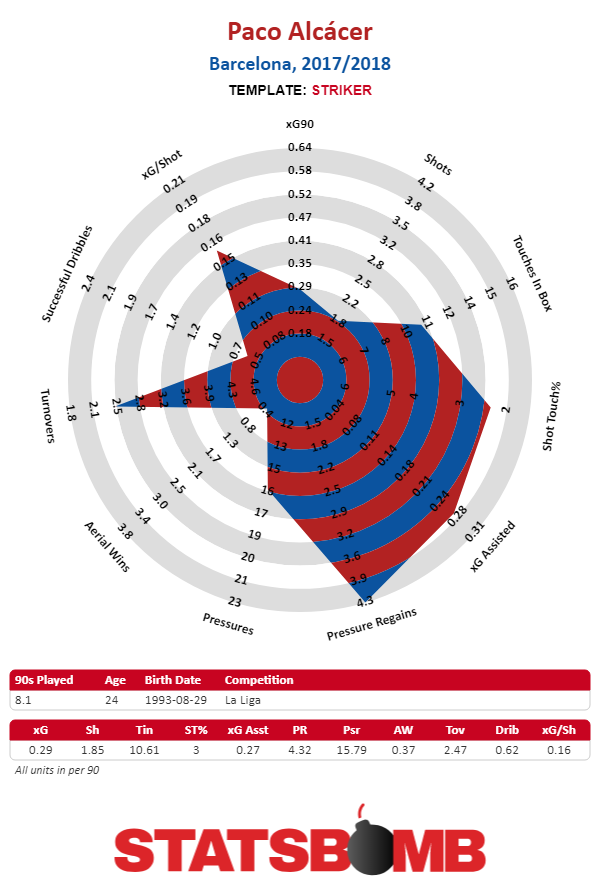 He was a good passer, a good presser, and took good shots. He just didn’t take enough of them. He also played with Lionel Messi and Luis Suarez, so maybe that's understandable. He’s 24 now and hitting his prime, and while he’s obviously not going to stay this hot forever, six goals on ten shots sure isn’t anything to complain about. He's also played less than 100 minutes this season for Dortmund so there's really no point in breaking down the stats yet. It’s hard to say exactly where his career goes from here, but it’s also not quite fair to suggest that being a strong contributor to a Dortmund side isn’t playing at the highest echelons of the game. Is starting for Dortmund right now a less prestigious options than starting for Arsenal? Or Manchester United? It certainly doesn’t pay as well, which is why, all things being equal, I imagine Alcacer would rather make his way to one of those teams, (just like Pierre-Emerick Aubameyang and Henrikh Mkhitaryan did) but that’s a slightly different question. It seems unlikely that Alcacer is going to turn into one of the best couple of strikers in the world, but he seems good enough to play, in some capacity, at the level below that. The question then is one of it and role, more than absolute ability. https://twitter.com/aharari820/status/1050454179557371906 Yes! Congratulations! Let me start with some wedding advice (knowing nothing about your wedding). First. Eat food. Everybody says you won’t have time to eat, they’re right. Make time. Second. Don’t get drunk by accident. If you and your newly minted spouse like the booze and want to party hard, go nuts. If not. Remember you probably didn’t eat. Also, you’ll probably have a well-meaning (or not so well-meaning) friend or family member hand you a drink or two with a drink or two in it. Third. Whatever your wedding looks like, from courthouse to gazillion dollar eat the rich gala, it’s about y’all. Lots of people want to make other people’s weddings about them and start to finish the day might often be a hectic mess. Take time with your partner over the day to center yourselves for each other. It’s your day. Give yourself moments that will let your remember it that way. Okay, onto marriage. It’s great. I’m married. I love it. Like, I really like being a married person. I’m very into it. I assume you like the person you’re marrying, so that’s awesome. People like to offer trite advice like don’t go to bed mad or whatever. Meh. It’s hard to offer real concrete marriage advice from the outside. People’s relationships are all so different. What makes people tick, and what makes them work as individuals and as a couple is unique. So, what I’ll say is this. Just pay attention. Pay attention to what works for y’all and what doesn’t. Building a life together is awesome work, but that doesn’t mean it’s never work. Being conscious about what works, what helps you communicate better, what makes you happy, what brings out the best in you, makes the hard times easier. All relationships require maintenance from time to time, and having a full and effective relationship toolbox makes that maintenance easier.
He was a good passer, a good presser, and took good shots. He just didn’t take enough of them. He also played with Lionel Messi and Luis Suarez, so maybe that's understandable. He’s 24 now and hitting his prime, and while he’s obviously not going to stay this hot forever, six goals on ten shots sure isn’t anything to complain about. He's also played less than 100 minutes this season for Dortmund so there's really no point in breaking down the stats yet. It’s hard to say exactly where his career goes from here, but it’s also not quite fair to suggest that being a strong contributor to a Dortmund side isn’t playing at the highest echelons of the game. Is starting for Dortmund right now a less prestigious options than starting for Arsenal? Or Manchester United? It certainly doesn’t pay as well, which is why, all things being equal, I imagine Alcacer would rather make his way to one of those teams, (just like Pierre-Emerick Aubameyang and Henrikh Mkhitaryan did) but that’s a slightly different question. It seems unlikely that Alcacer is going to turn into one of the best couple of strikers in the world, but he seems good enough to play, in some capacity, at the level below that. The question then is one of it and role, more than absolute ability. https://twitter.com/aharari820/status/1050454179557371906 Yes! Congratulations! Let me start with some wedding advice (knowing nothing about your wedding). First. Eat food. Everybody says you won’t have time to eat, they’re right. Make time. Second. Don’t get drunk by accident. If you and your newly minted spouse like the booze and want to party hard, go nuts. If not. Remember you probably didn’t eat. Also, you’ll probably have a well-meaning (or not so well-meaning) friend or family member hand you a drink or two with a drink or two in it. Third. Whatever your wedding looks like, from courthouse to gazillion dollar eat the rich gala, it’s about y’all. Lots of people want to make other people’s weddings about them and start to finish the day might often be a hectic mess. Take time with your partner over the day to center yourselves for each other. It’s your day. Give yourself moments that will let your remember it that way. Okay, onto marriage. It’s great. I’m married. I love it. Like, I really like being a married person. I’m very into it. I assume you like the person you’re marrying, so that’s awesome. People like to offer trite advice like don’t go to bed mad or whatever. Meh. It’s hard to offer real concrete marriage advice from the outside. People’s relationships are all so different. What makes people tick, and what makes them work as individuals and as a couple is unique. So, what I’ll say is this. Just pay attention. Pay attention to what works for y’all and what doesn’t. Building a life together is awesome work, but that doesn’t mean it’s never work. Being conscious about what works, what helps you communicate better, what makes you happy, what brings out the best in you, makes the hard times easier. All relationships require maintenance from time to time, and having a full and effective relationship toolbox makes that maintenance easier.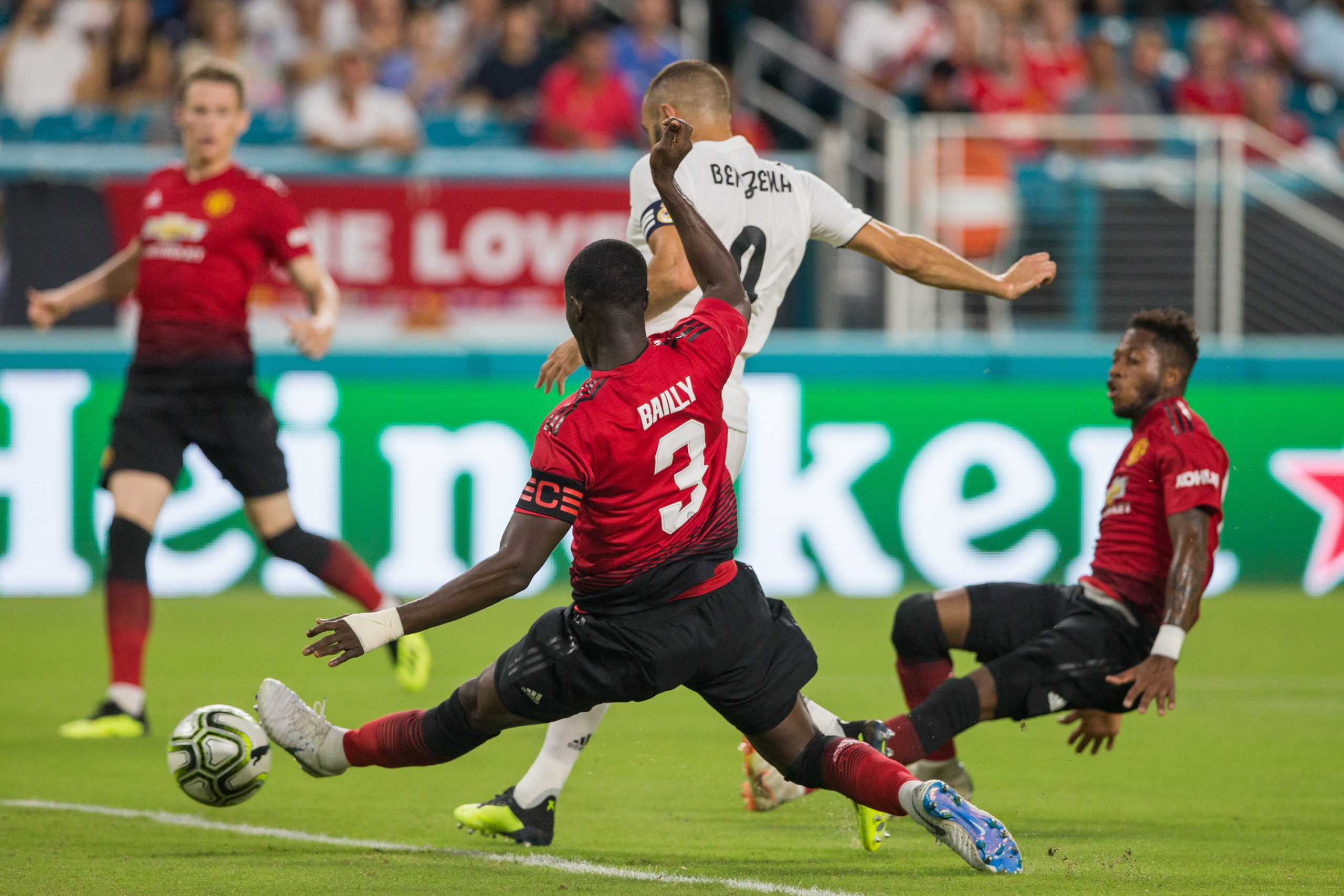
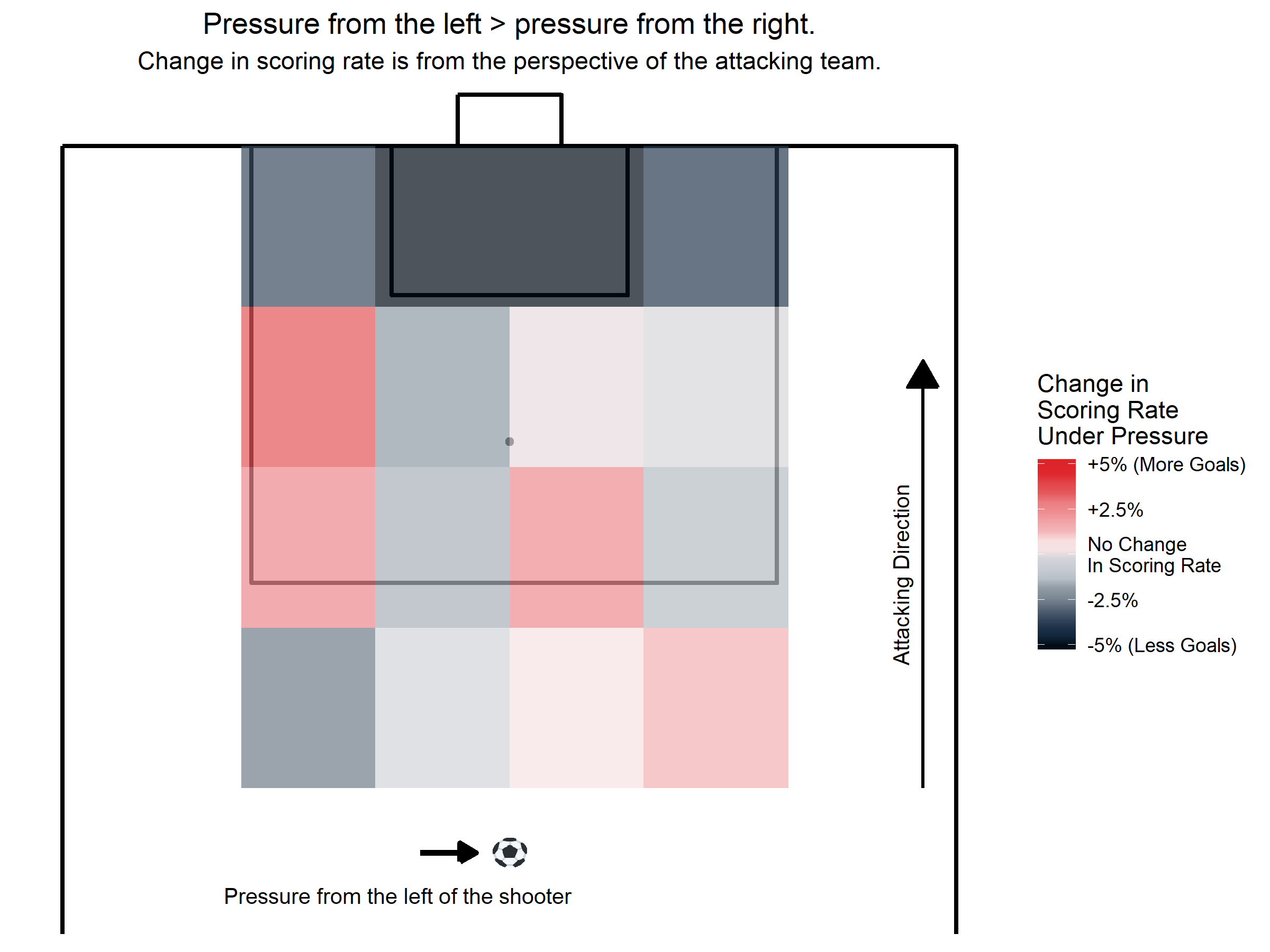
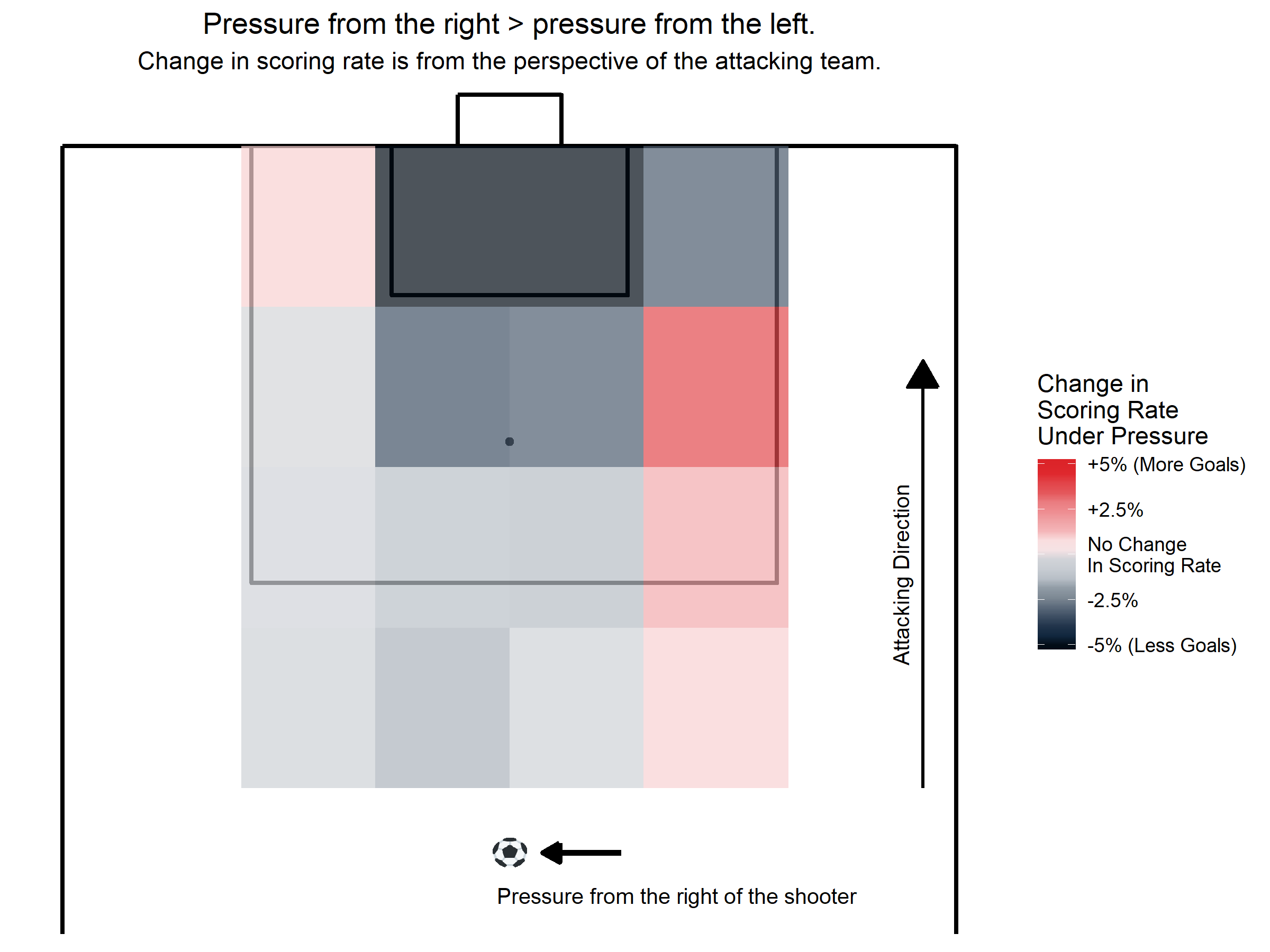
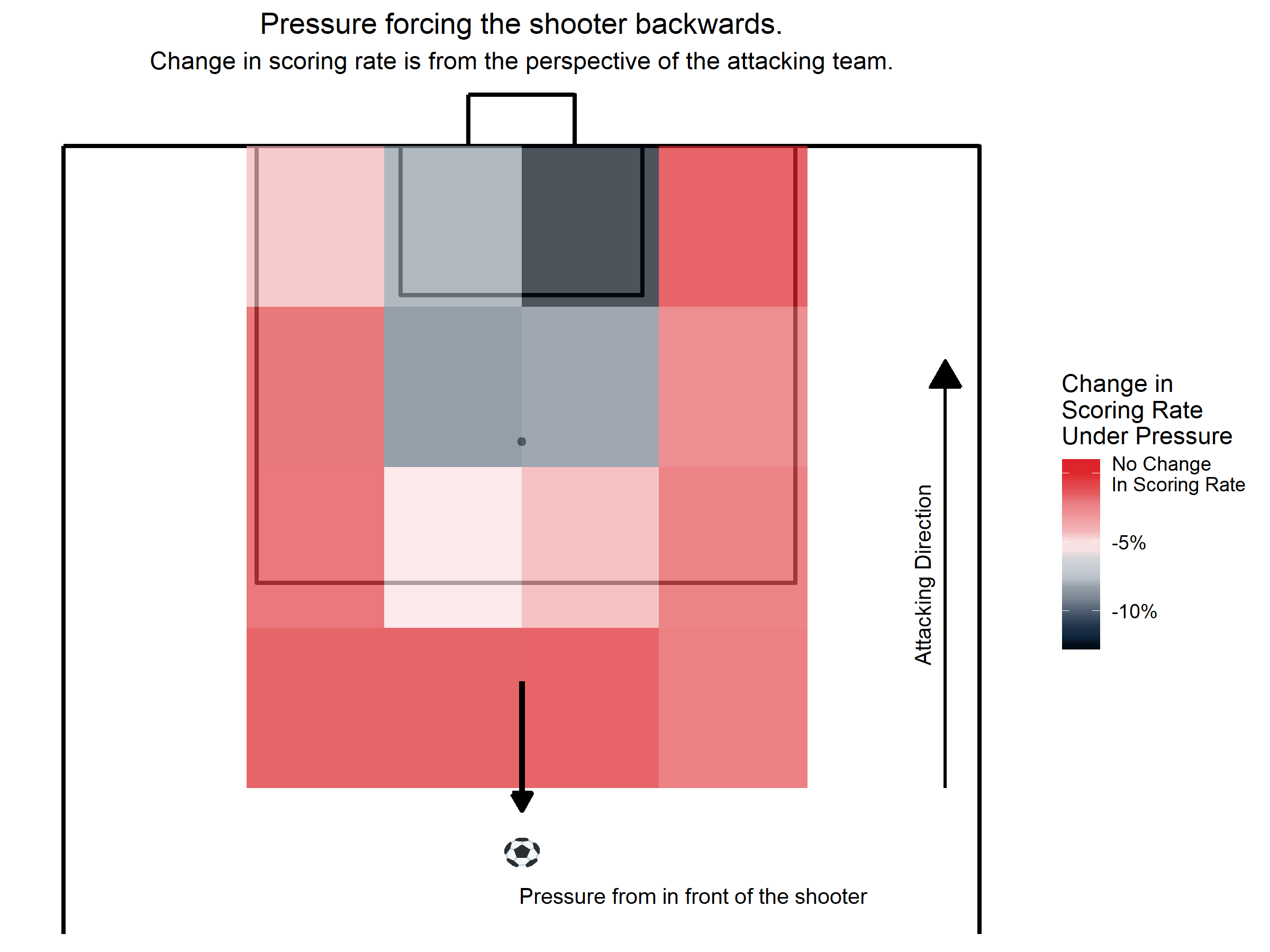
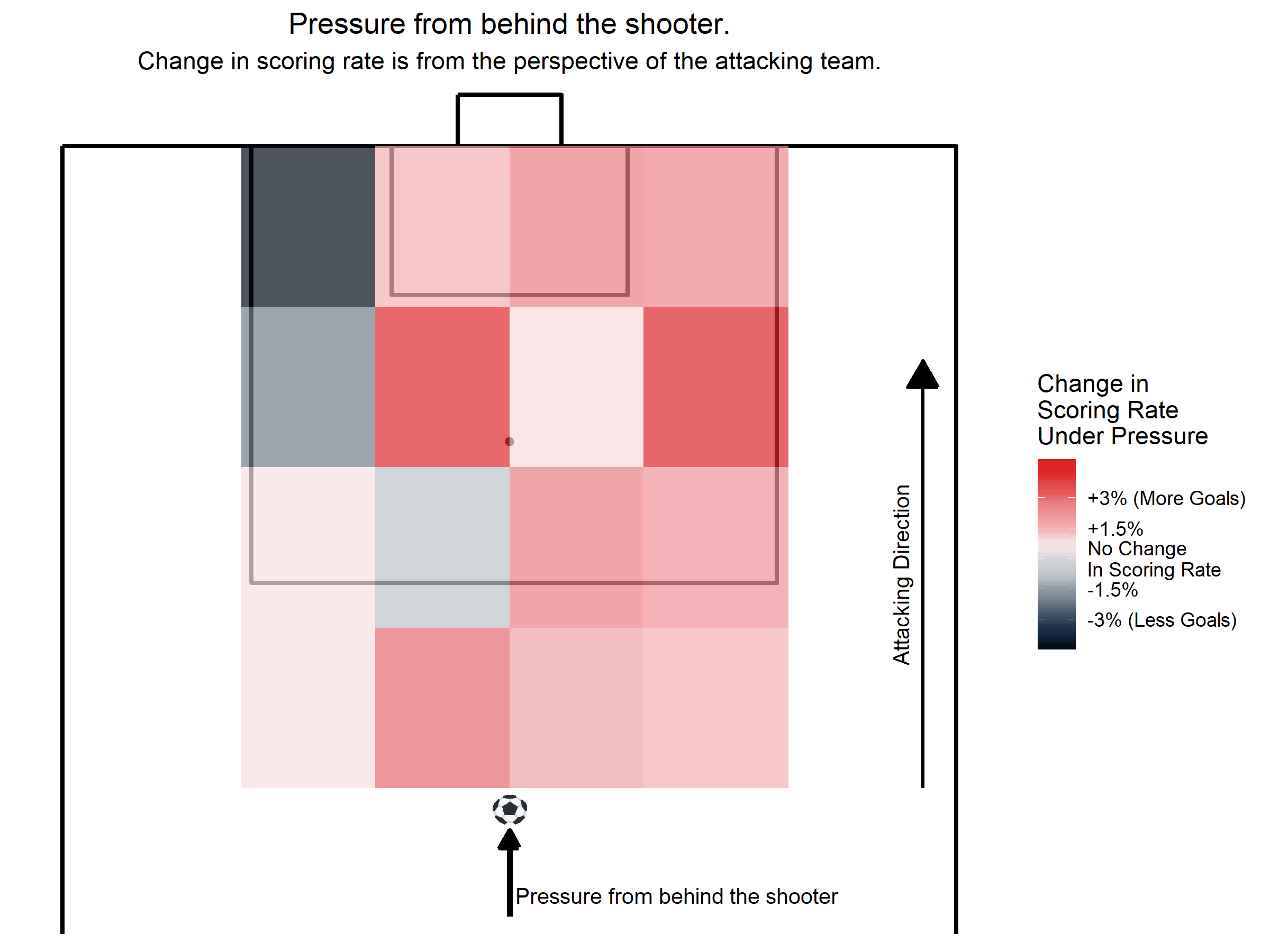
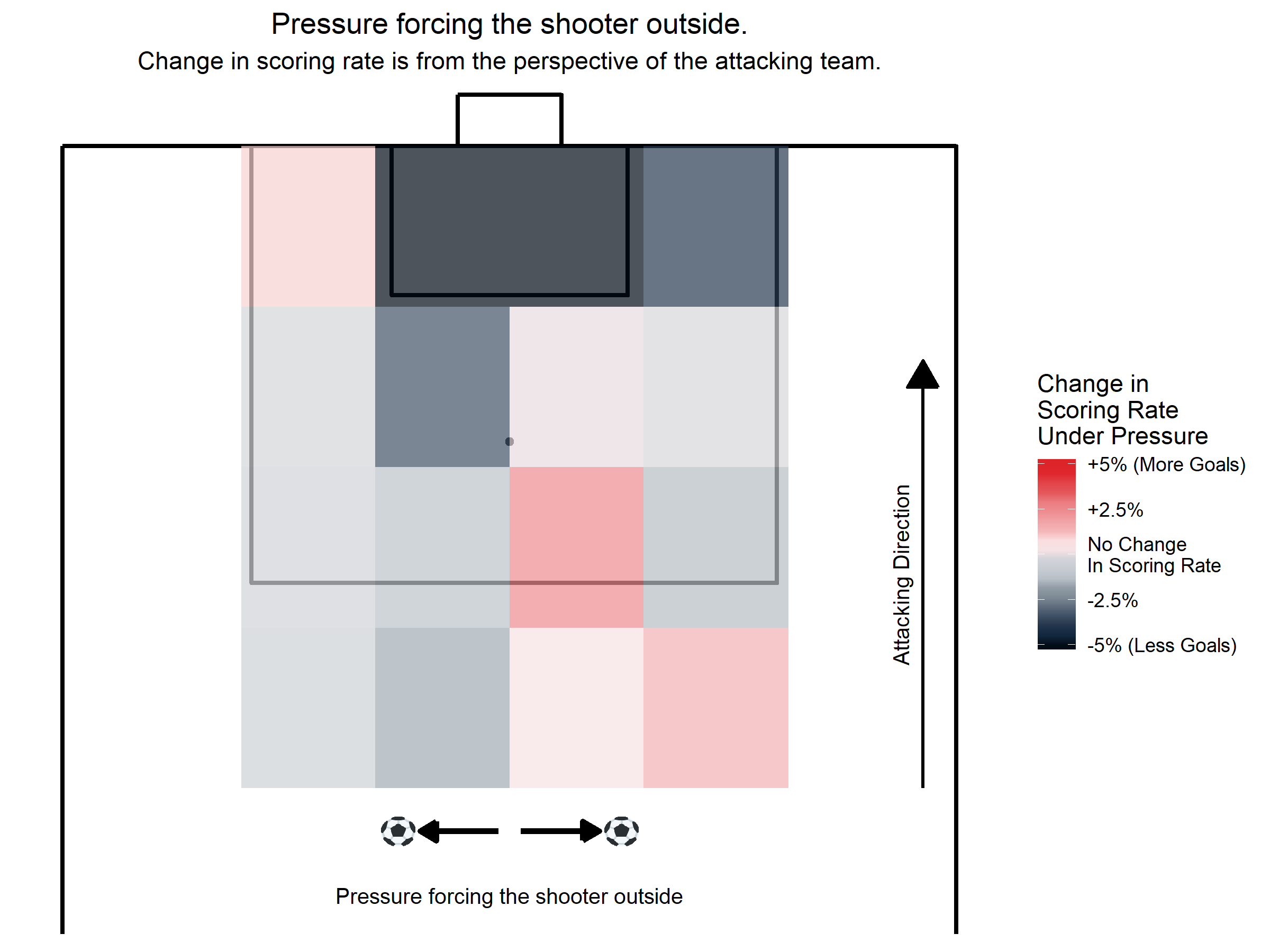
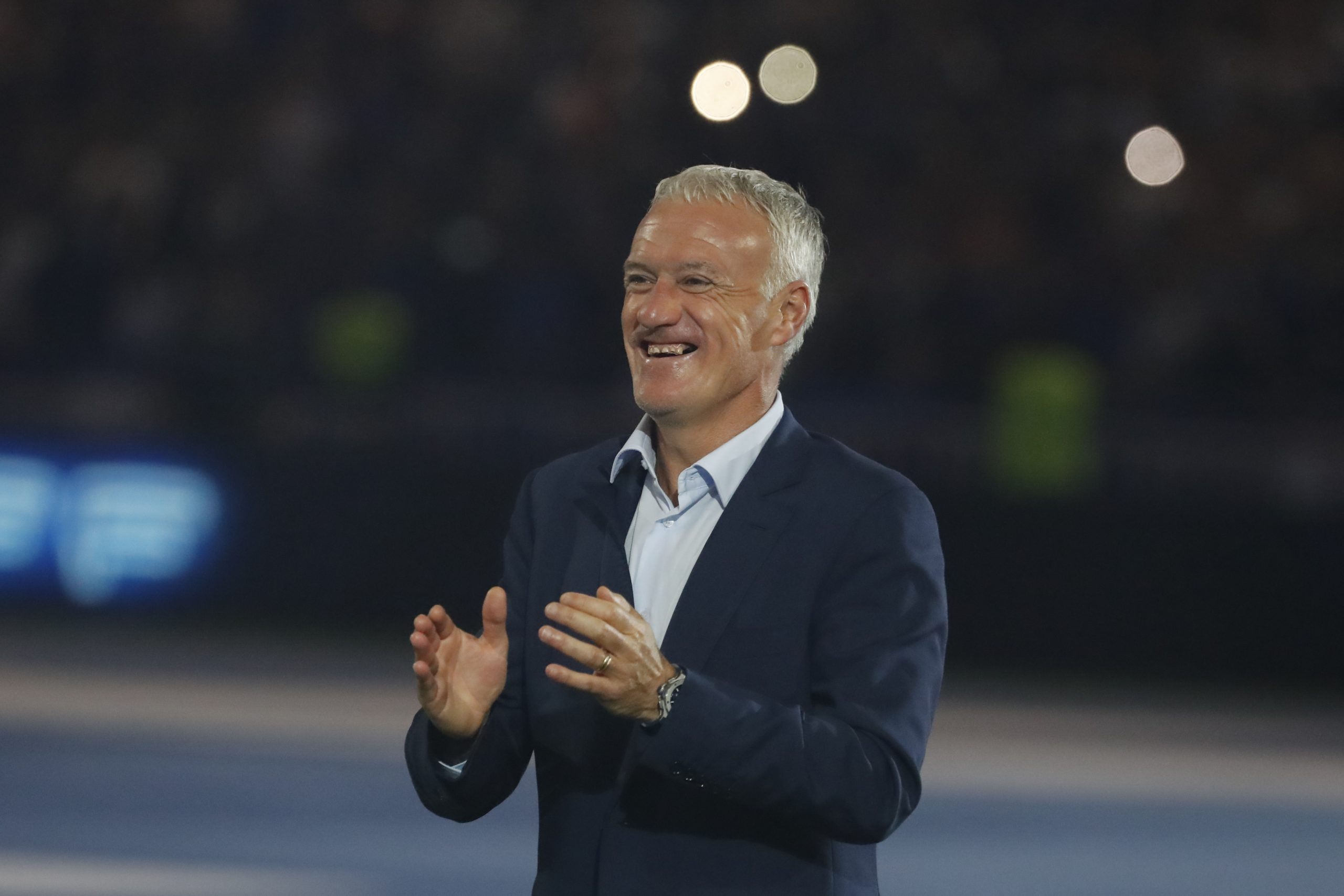


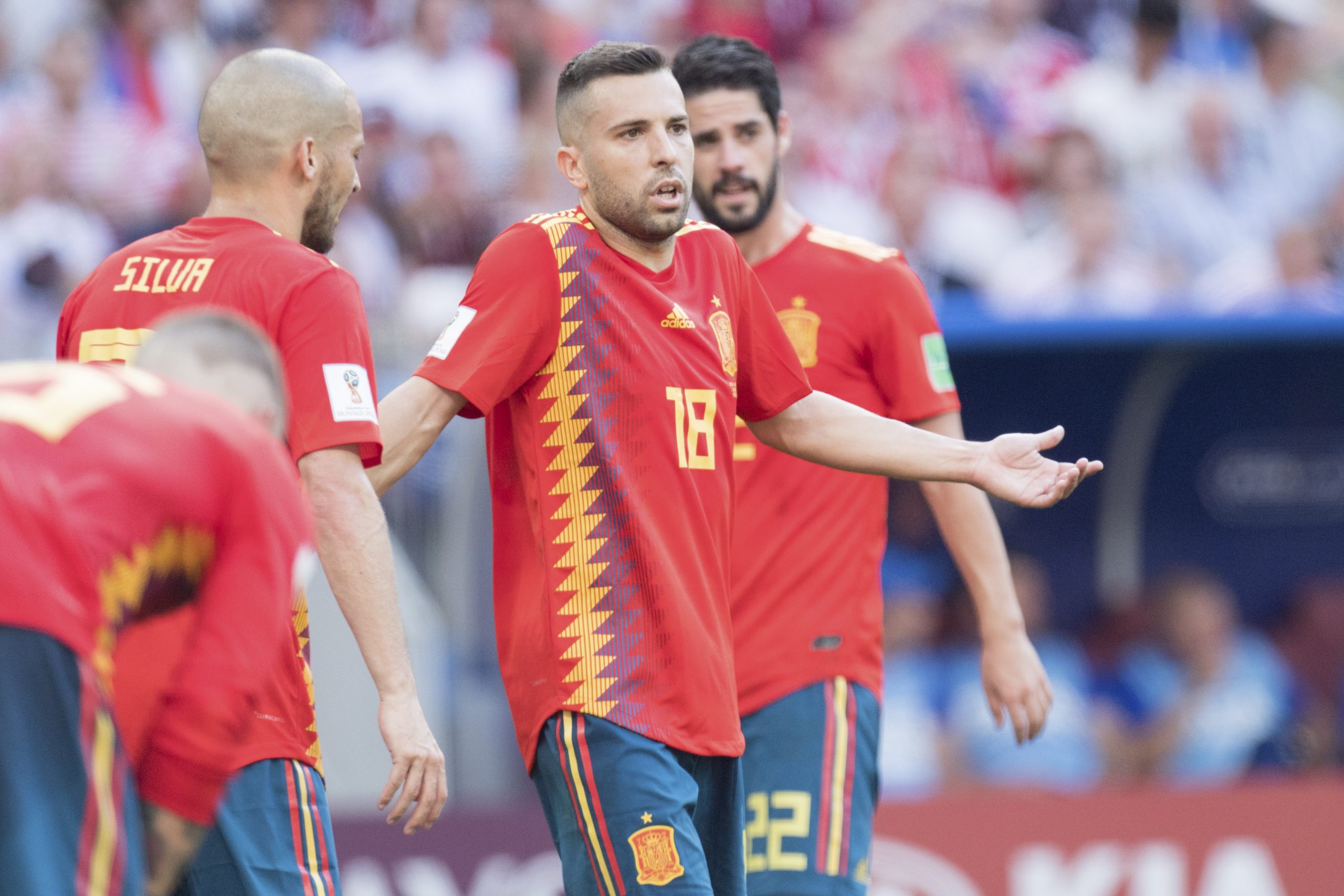
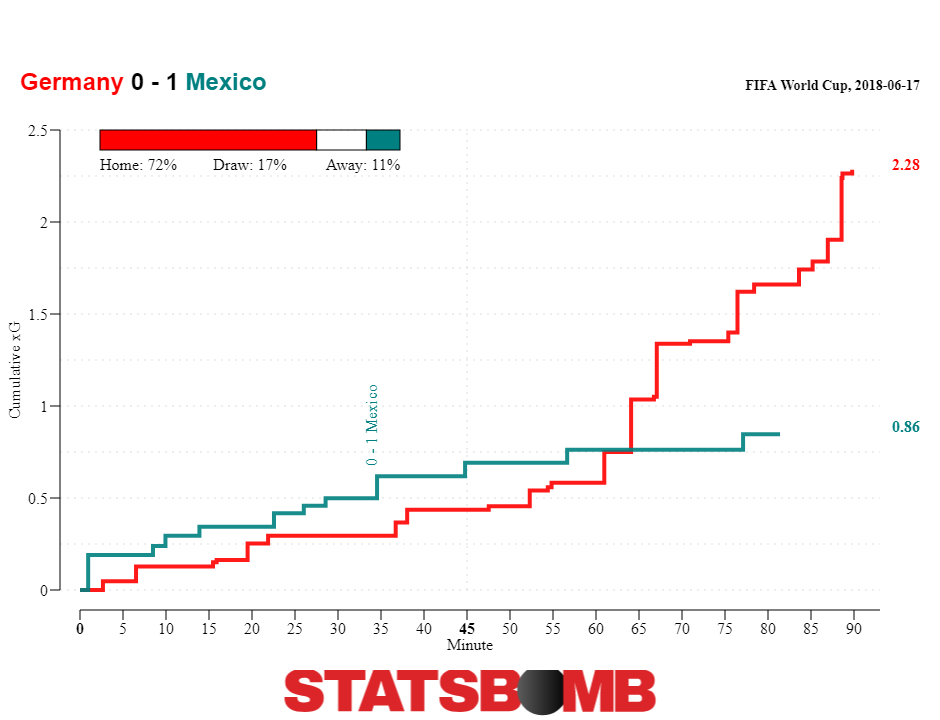
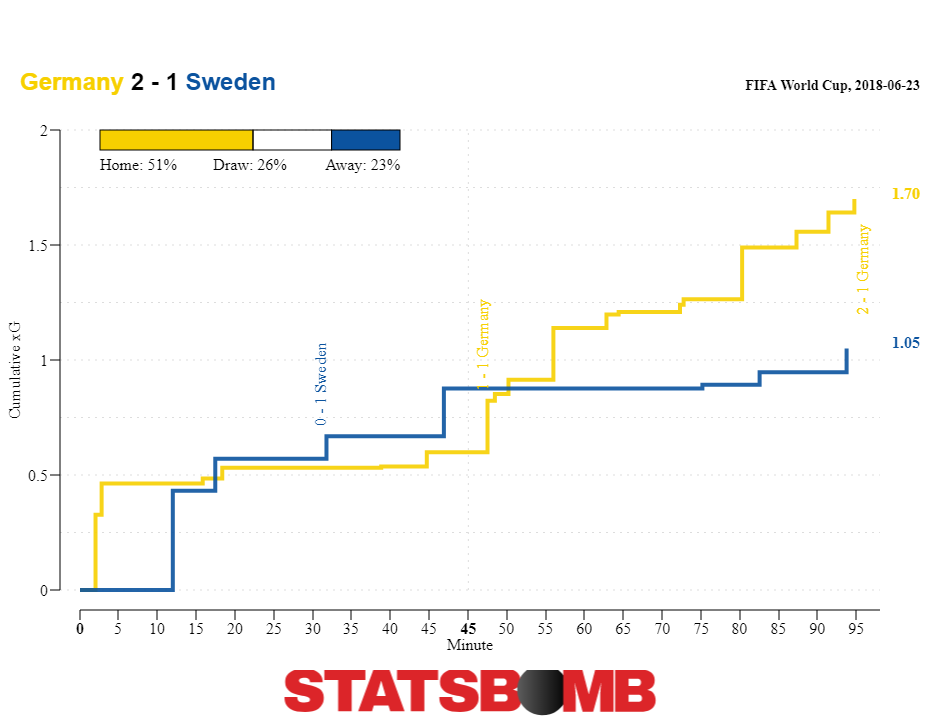
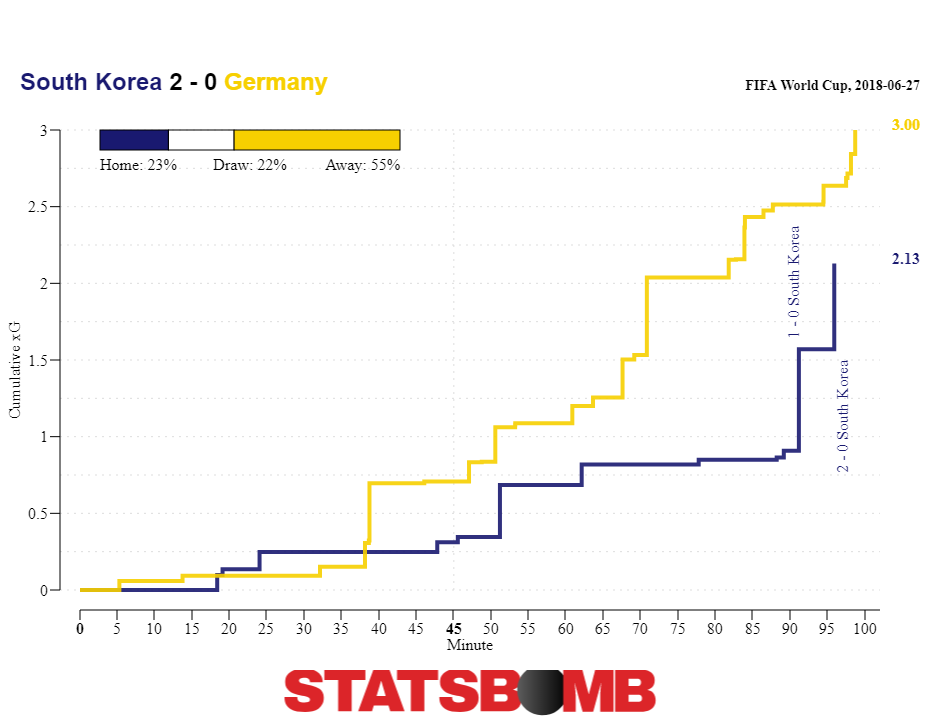
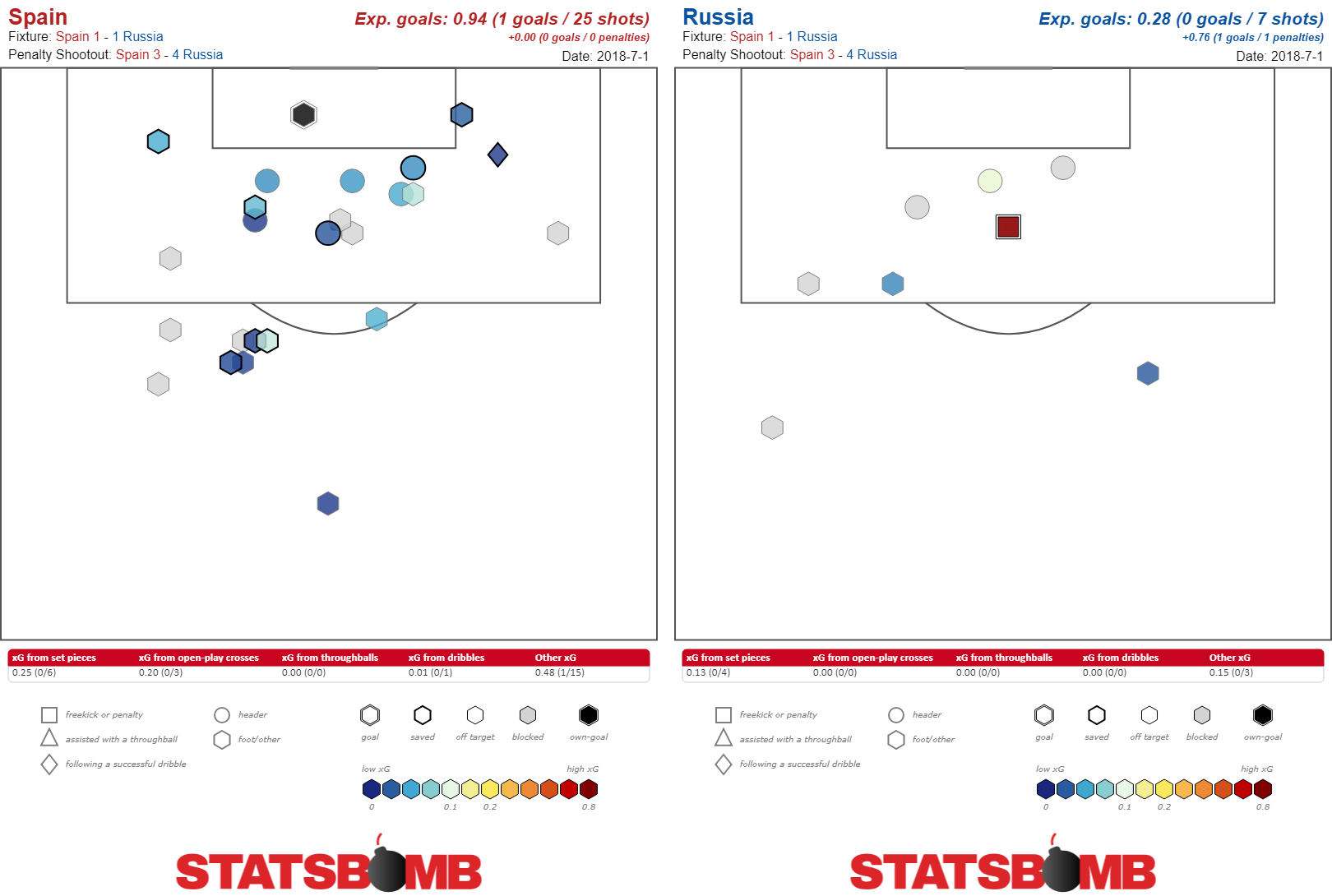
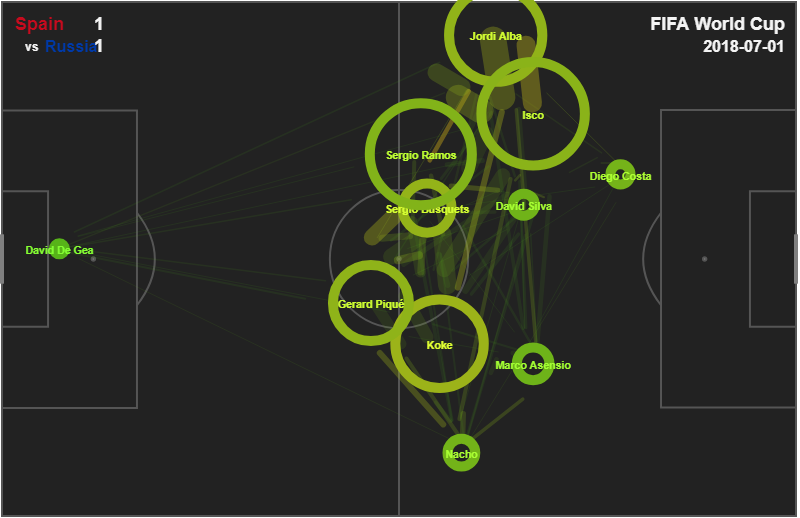
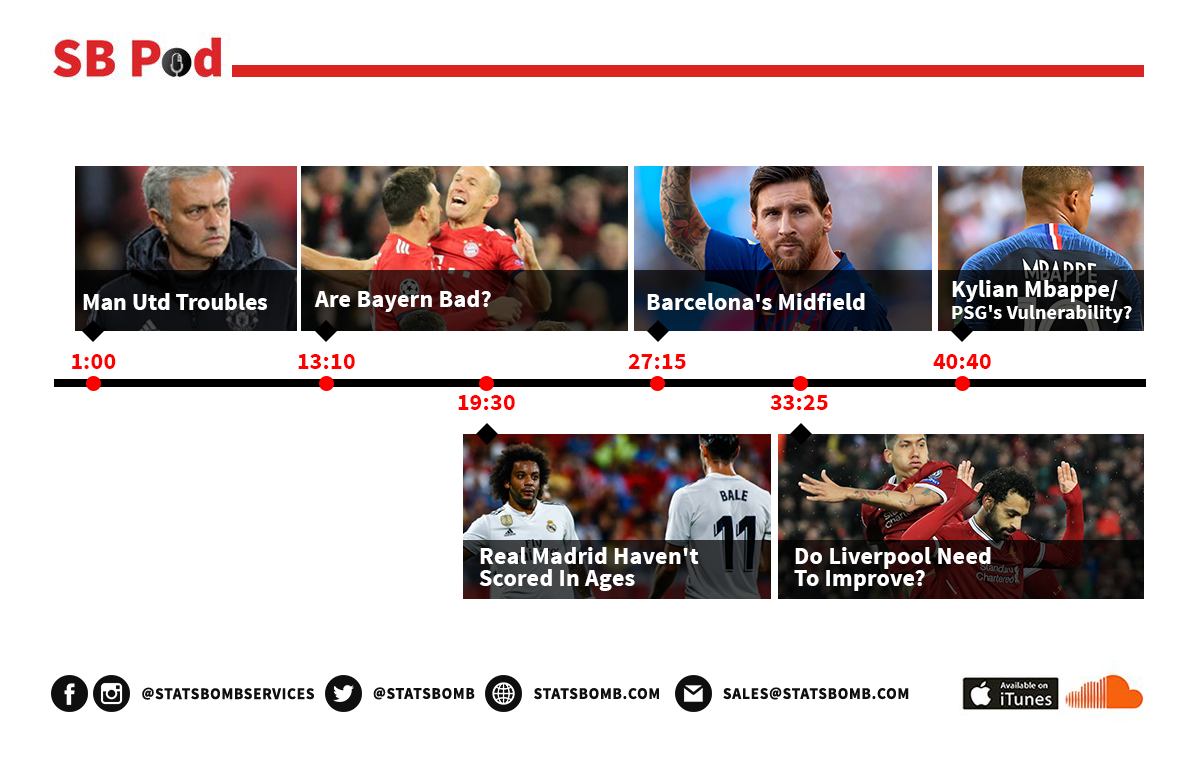
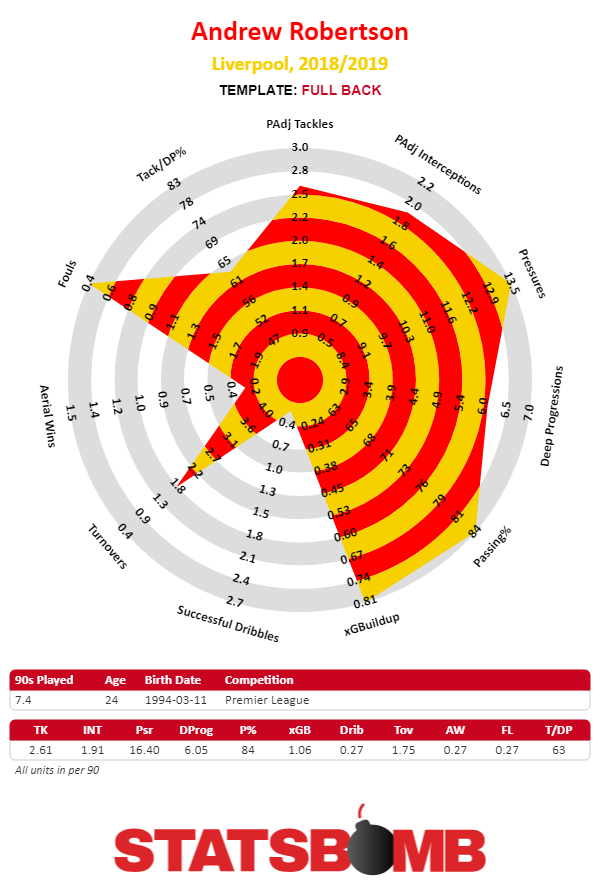
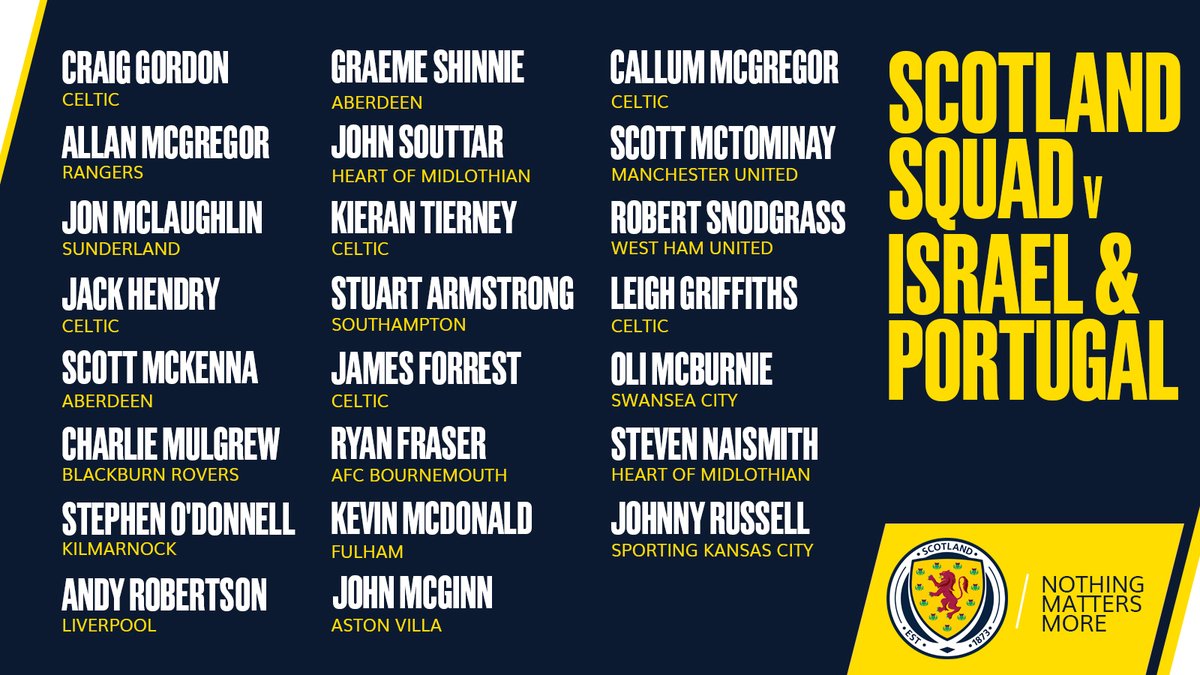
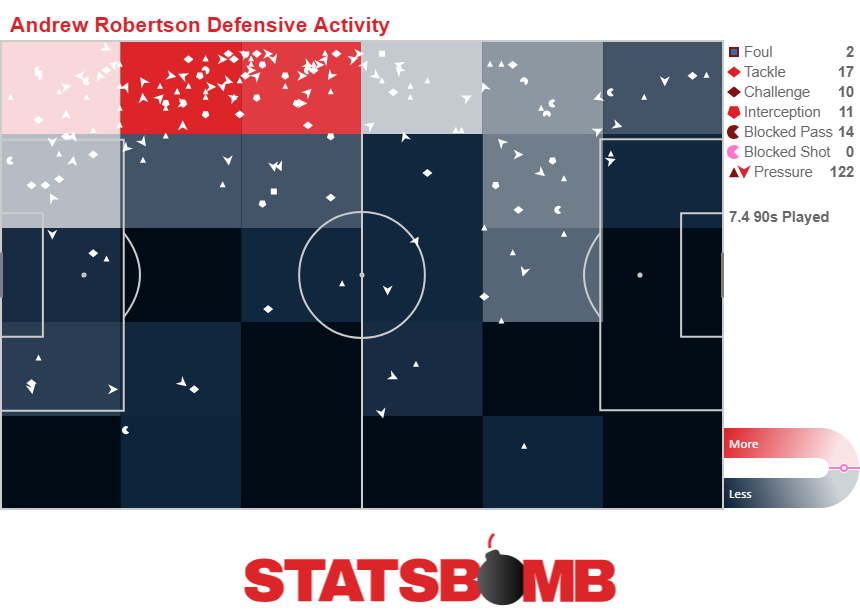 Despite a tough loss away to Napoli last week and a hard fought draw at Anfield against top of the table rivals, Manchester City over the weekend, City have made an incredibly
Despite a tough loss away to Napoli last week and a hard fought draw at Anfield against top of the table rivals, Manchester City over the weekend, City have made an incredibly 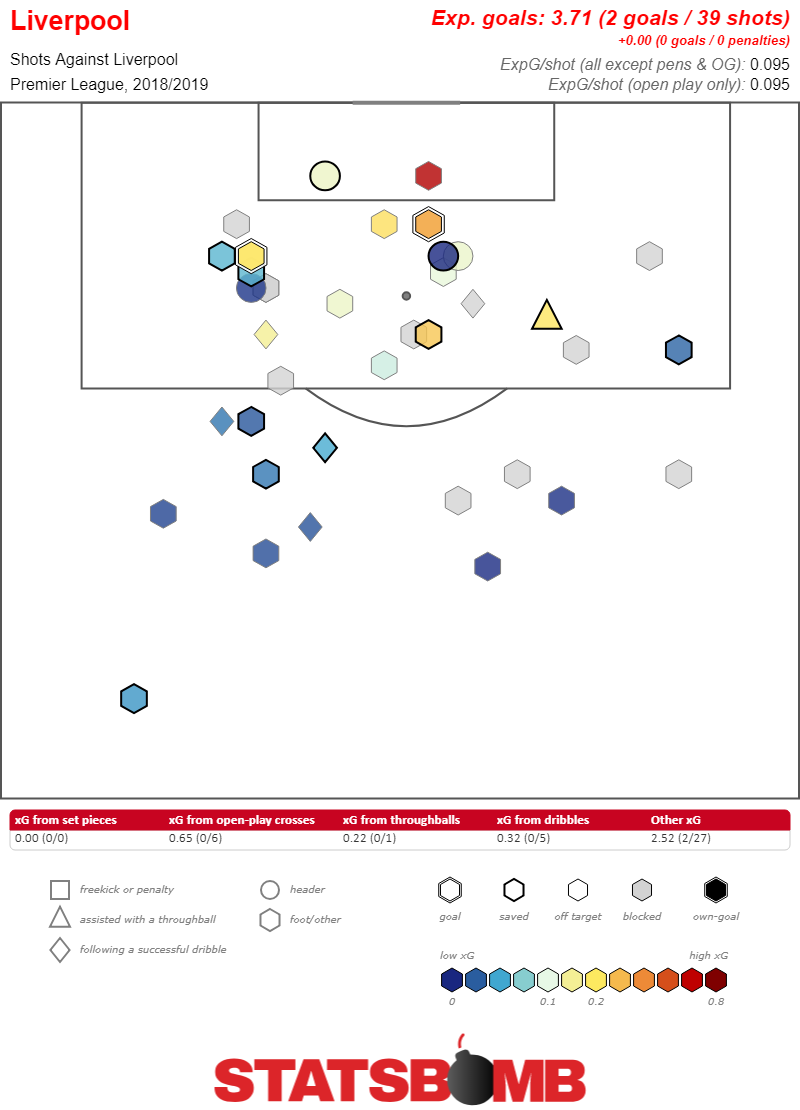 In addition to his defensive duties, Robertson will be expected to be an outlet in possession and a creator of chances for Scotland. In more than half of Liverpool's matches this season Robertson has been at least their third most involved player, in terms of touches of the ball, and he makes 1.75 open play key passes every 90 minutes and assists 0.26 xG from open play every 90 minutes which is second only to facilitator-in-chief Roberto Firmino within the team. He's currently one of the best all-around fullbacks in world football and he has a huge role to play for Scotland.
In addition to his defensive duties, Robertson will be expected to be an outlet in possession and a creator of chances for Scotland. In more than half of Liverpool's matches this season Robertson has been at least their third most involved player, in terms of touches of the ball, and he makes 1.75 open play key passes every 90 minutes and assists 0.26 xG from open play every 90 minutes which is second only to facilitator-in-chief Roberto Firmino within the team. He's currently one of the best all-around fullbacks in world football and he has a huge role to play for Scotland. 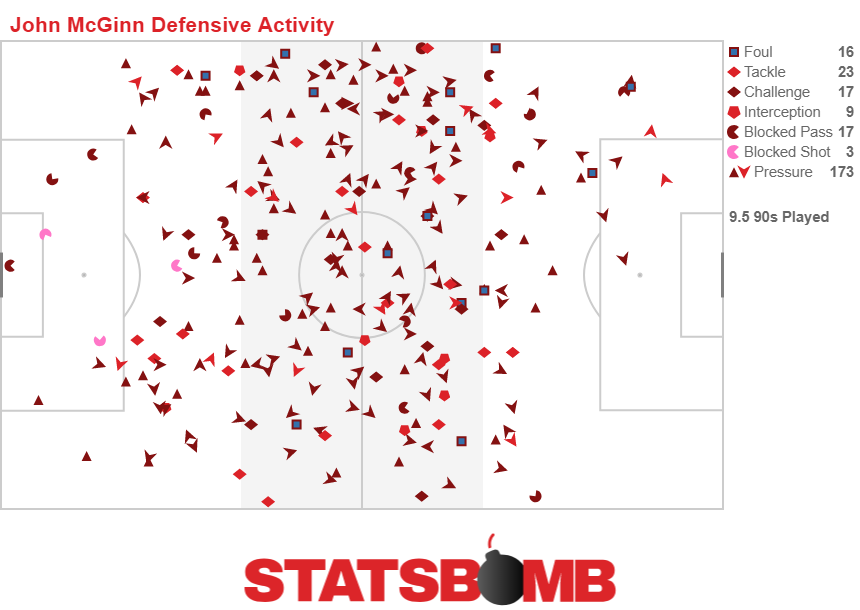 Despite being culpable for the opening goal in last month's friendly loss to Belgium, McGinn is a likely starter for Scotland in the match against Israel and hopefully he can carry his club form onto the international stage in his twelfth cap. He is among the league leaders in terms of helping his team win the ball, with over four pressure regains per 90 minutes and leads Villa in terms of interceptions and tackles combined with 3.57 every 90 minutes. McGinn must be wary of being drawn out of position as he hunts down the ball, particularly if Scotland pair him in midfield with a less defensively minded partner like Stuart Armstrong. He should also perhaps ease up on the hopeful efforts fro distance. His recent wonder strike, an incredible volley that swerved and crashed in via the bar, for Villa against Sheffield Wednesday was not his first attempt from long range. McGinn has taken 19 shots for his club with an average xG per shot of 0.05 so his return of one goal, that wonder strike, is almost right in line with expectation and he could be accused of being a bit wasteful which Scotland, given their attacking difficulties, cannot afford to be.
Despite being culpable for the opening goal in last month's friendly loss to Belgium, McGinn is a likely starter for Scotland in the match against Israel and hopefully he can carry his club form onto the international stage in his twelfth cap. He is among the league leaders in terms of helping his team win the ball, with over four pressure regains per 90 minutes and leads Villa in terms of interceptions and tackles combined with 3.57 every 90 minutes. McGinn must be wary of being drawn out of position as he hunts down the ball, particularly if Scotland pair him in midfield with a less defensively minded partner like Stuart Armstrong. He should also perhaps ease up on the hopeful efforts fro distance. His recent wonder strike, an incredible volley that swerved and crashed in via the bar, for Villa against Sheffield Wednesday was not his first attempt from long range. McGinn has taken 19 shots for his club with an average xG per shot of 0.05 so his return of one goal, that wonder strike, is almost right in line with expectation and he could be accused of being a bit wasteful which Scotland, given their attacking difficulties, cannot afford to be. 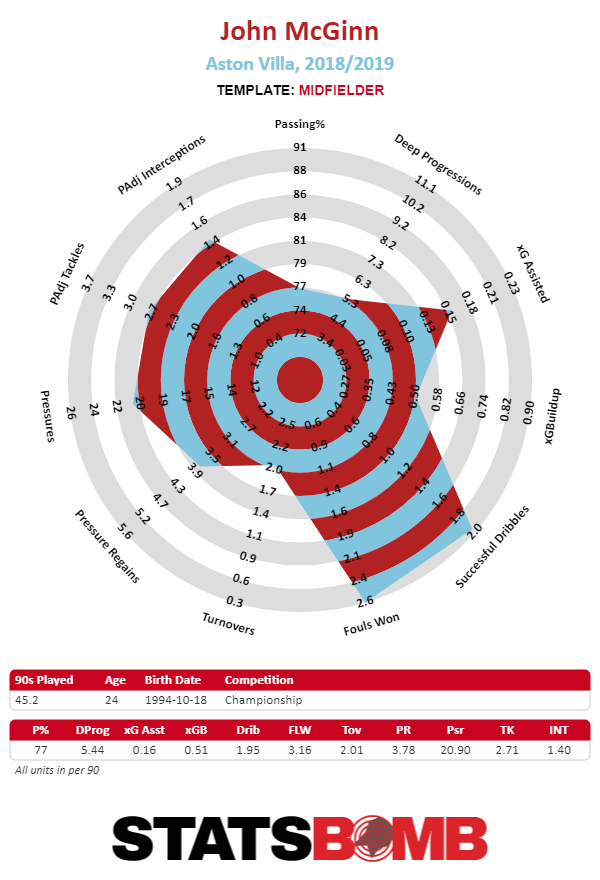
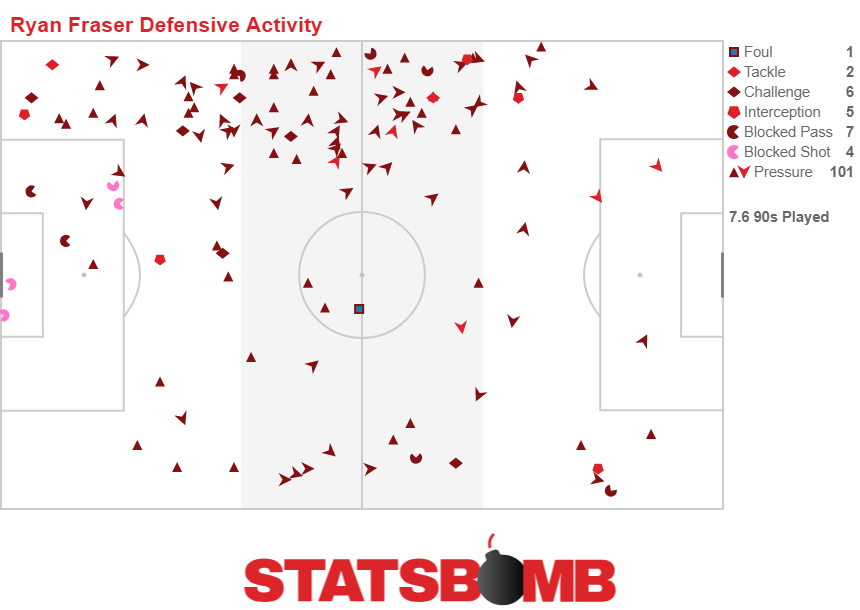 He is making 2.5 pressure regains every 90 minutes for the Cherries and makes the most open play Key Passes in the team which is leading to an excellent 0.24 xG assisted per 90 minutes. Against Belgium he played as a right wing back and, while he is versatile and has helped to contribute to Bournemouth's decline in xG conceded since the tail end of last season, Stephen O'Donnell seems likely to start in that position and Fraser may be better used higher up the pitch by Scotland as the left sided attacker in a 3-4-2-1 ahead and slightly inside of Robertson. In a more advanced role he can use the skills he has developed at Bournemouth to help win the ball back quickly and create high quality chances for Scotland.
He is making 2.5 pressure regains every 90 minutes for the Cherries and makes the most open play Key Passes in the team which is leading to an excellent 0.24 xG assisted per 90 minutes. Against Belgium he played as a right wing back and, while he is versatile and has helped to contribute to Bournemouth's decline in xG conceded since the tail end of last season, Stephen O'Donnell seems likely to start in that position and Fraser may be better used higher up the pitch by Scotland as the left sided attacker in a 3-4-2-1 ahead and slightly inside of Robertson. In a more advanced role he can use the skills he has developed at Bournemouth to help win the ball back quickly and create high quality chances for Scotland. 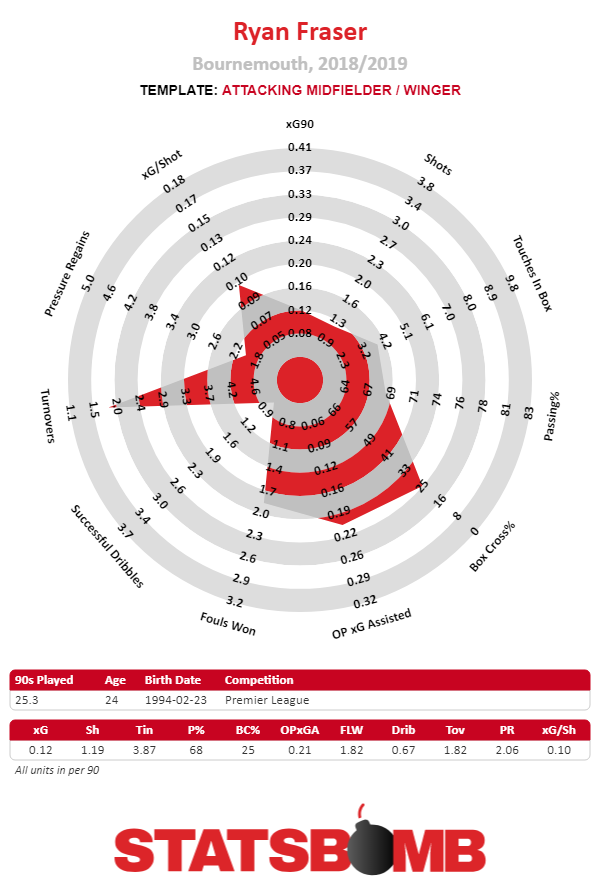
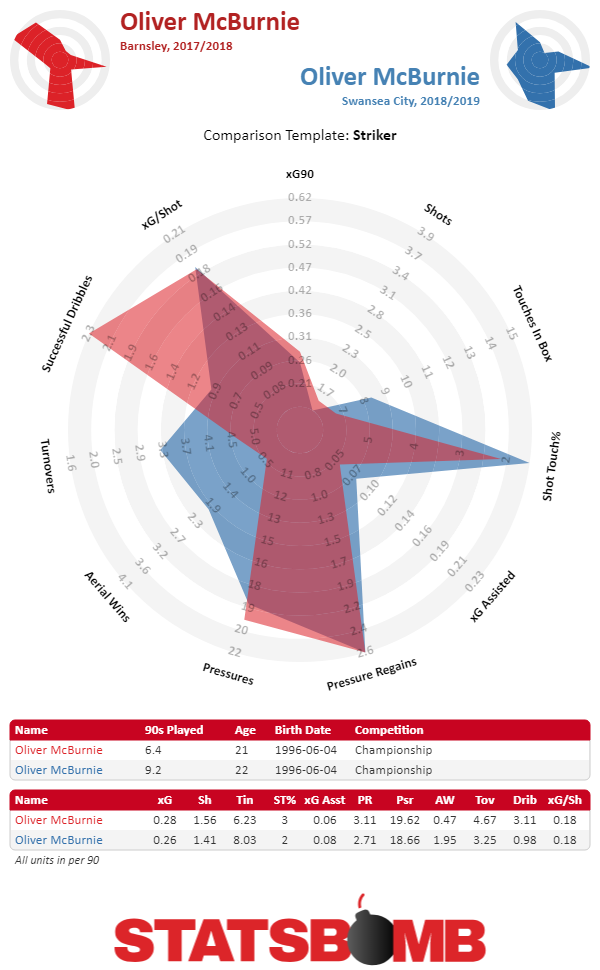 A Swansea player since the summer of 2015, McBurnie made a bit of a breakthrough on loan to Barnsley in the English Championship during the second half of the 2017/18 season. While at Barnsley, he tended to operate as the left sided forward in a 4-3-3 and he still does most of his defensive work in that area of the pitch, leading the Swans in aggressive actions per 90 minutes. The immediate red flag on those radars is of course the low number of shots he is taking. Despite sitting tenth in a twenty-four team league Swansea take the fewest shots in the division and McBurnie is taking less than 1.5 every 90 minutes. Given that his output at Barnsley was so similar, except for an interchange between dribbles and headers probably affected by position played, it seems likely this is a reliable indicator of what to expect from McBurnie throughout his career and unless he moves the needle significantly on his shot volume Scotland should view him more as a link up man, capable presser and facilitator of others. All valuable qualities, of course, but basic stats like the number of goals he has scored in minutes played may set false expectations for Scotland fans.
A Swansea player since the summer of 2015, McBurnie made a bit of a breakthrough on loan to Barnsley in the English Championship during the second half of the 2017/18 season. While at Barnsley, he tended to operate as the left sided forward in a 4-3-3 and he still does most of his defensive work in that area of the pitch, leading the Swans in aggressive actions per 90 minutes. The immediate red flag on those radars is of course the low number of shots he is taking. Despite sitting tenth in a twenty-four team league Swansea take the fewest shots in the division and McBurnie is taking less than 1.5 every 90 minutes. Given that his output at Barnsley was so similar, except for an interchange between dribbles and headers probably affected by position played, it seems likely this is a reliable indicator of what to expect from McBurnie throughout his career and unless he moves the needle significantly on his shot volume Scotland should view him more as a link up man, capable presser and facilitator of others. All valuable qualities, of course, but basic stats like the number of goals he has scored in minutes played may set false expectations for Scotland fans. 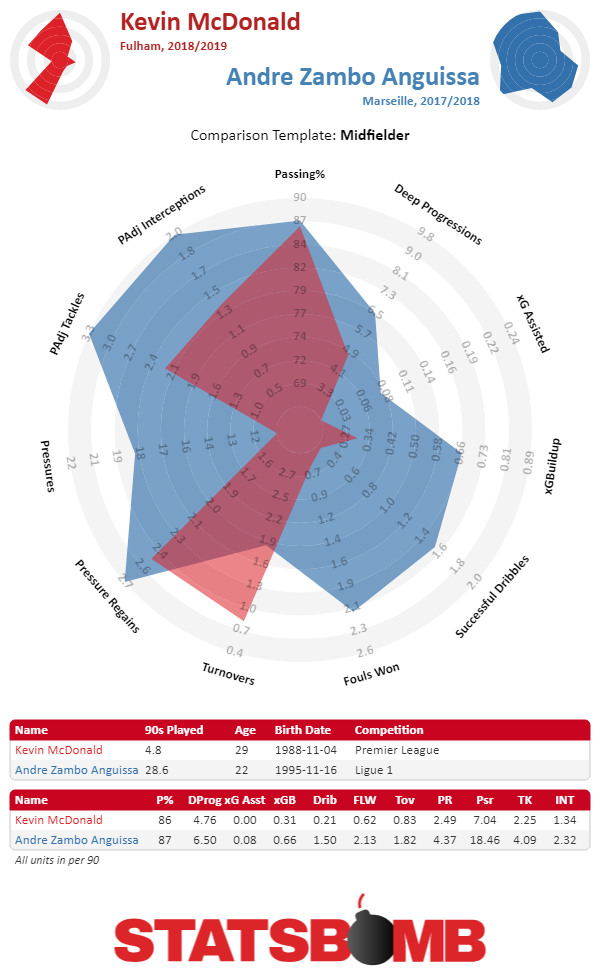 Perhaps not the start envisaged for them given the summer transfer market moves they made and it could be that McDonald is one of the remaining old guard who will be phased out in the very near future. Judging by how he played for Marseille last season Andre Zambo Anguissa can do all McDonald does and then some (although against Arsenal this weekend it was Anguissa who struggled mightily as Fulham conceded a miserable five times). Conversely, over at Southampton, Stuart Armstrong is a new signing who can't get in the team ahead of Mario Lemina and Pierre-Emile Højbjerg. The lusciously haired Scot isn't really suited to playing in a double pivot so may continue to find club minutes hard to come by but does offer the ball progression and creativity from midfield that Scotland, and indeed former club Celtic, currently lack. Clearly there are some concerns over the playing time the latter quartet are getting. There could be some valid regrets over the fact that Tom Cairney appears disinclined to accept future call ups and that Matt Phillips, despite recording the second most open play Key Passes every 90 minutes for a West Bromwich Albion side sitting atop the English Championship has been overlooked in favor of Sporting Kansas City's Johnny Russell, overall this is a fine Scotland squad. <any of the selections from the English leagues are developing at a very high level. Robertson and McGinn are key players, Fraser deserves a greater opportunity to show what he can do for Scotland and McBurnie adds excellent depth upfront. Together they can help Scotland win their UEFA Nations League group and take a step closer to qualifying for an international tournament for the first time in over two decades.
Perhaps not the start envisaged for them given the summer transfer market moves they made and it could be that McDonald is one of the remaining old guard who will be phased out in the very near future. Judging by how he played for Marseille last season Andre Zambo Anguissa can do all McDonald does and then some (although against Arsenal this weekend it was Anguissa who struggled mightily as Fulham conceded a miserable five times). Conversely, over at Southampton, Stuart Armstrong is a new signing who can't get in the team ahead of Mario Lemina and Pierre-Emile Højbjerg. The lusciously haired Scot isn't really suited to playing in a double pivot so may continue to find club minutes hard to come by but does offer the ball progression and creativity from midfield that Scotland, and indeed former club Celtic, currently lack. Clearly there are some concerns over the playing time the latter quartet are getting. There could be some valid regrets over the fact that Tom Cairney appears disinclined to accept future call ups and that Matt Phillips, despite recording the second most open play Key Passes every 90 minutes for a West Bromwich Albion side sitting atop the English Championship has been overlooked in favor of Sporting Kansas City's Johnny Russell, overall this is a fine Scotland squad. <any of the selections from the English leagues are developing at a very high level. Robertson and McGinn are key players, Fraser deserves a greater opportunity to show what he can do for Scotland and McBurnie adds excellent depth upfront. Together they can help Scotland win their UEFA Nations League group and take a step closer to qualifying for an international tournament for the first time in over two decades. 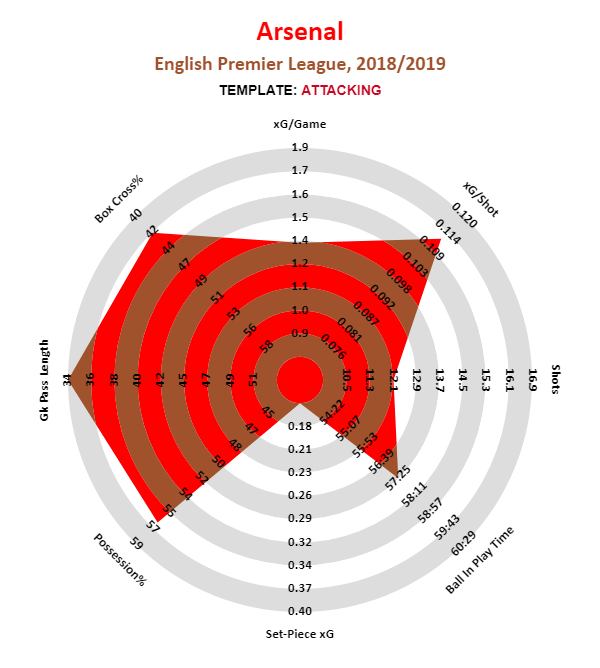
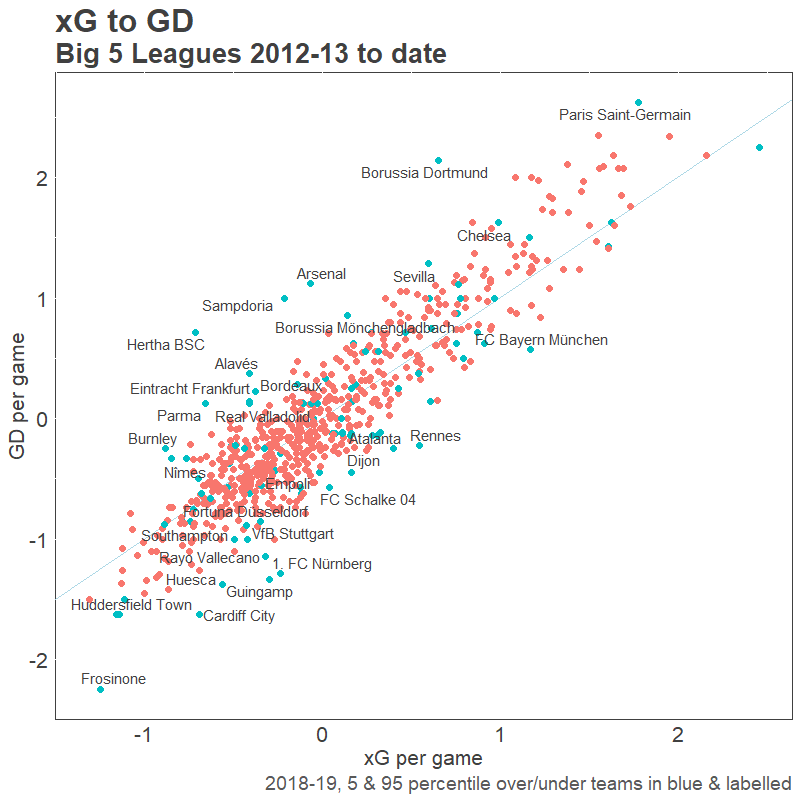 The above is a chart of expected goal (xG) difference vs actual goal difference from 2012-13 until now. We're using Opta data here to give a big fat chunk of history across all the Top 5 leagues for analysis purposes. The teams in blue are current season teams and the teams in red are historic ones. Now note the blue teams way above the line like Borussia Dortmund, Arsenal, Sampdoria, Hertha, Alaves, and to a lesser extent PSG. Those teams are outperforming Expected Goals at a level that has never been done in the data. Ergo they will almost certainly revert to the mean. Arsenal's expected goal difference thus far in the 18-19 Premier League season is right around zero. Their actual goal difference through eight matches is +9. That's a gap of over a goal per game, which is massive. Arsenal won't continue to win this many matches unless their underlying performances somehow dramatically change for the better. Now xG isn't perfect. In fact, the limitations of traditional xG are one reason why we we built
The above is a chart of expected goal (xG) difference vs actual goal difference from 2012-13 until now. We're using Opta data here to give a big fat chunk of history across all the Top 5 leagues for analysis purposes. The teams in blue are current season teams and the teams in red are historic ones. Now note the blue teams way above the line like Borussia Dortmund, Arsenal, Sampdoria, Hertha, Alaves, and to a lesser extent PSG. Those teams are outperforming Expected Goals at a level that has never been done in the data. Ergo they will almost certainly revert to the mean. Arsenal's expected goal difference thus far in the 18-19 Premier League season is right around zero. Their actual goal difference through eight matches is +9. That's a gap of over a goal per game, which is massive. Arsenal won't continue to win this many matches unless their underlying performances somehow dramatically change for the better. Now xG isn't perfect. In fact, the limitations of traditional xG are one reason why we we built 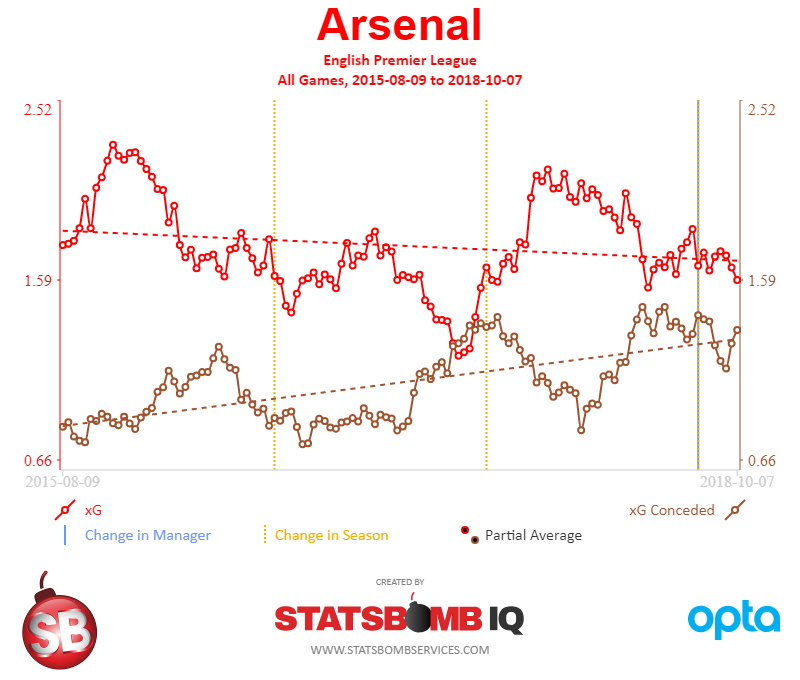 I don't want to beat a dead horse about this, and
I don't want to beat a dead horse about this, and